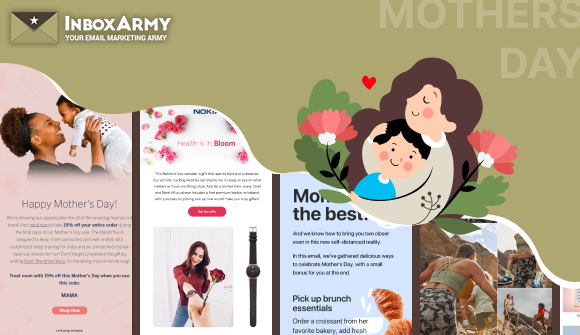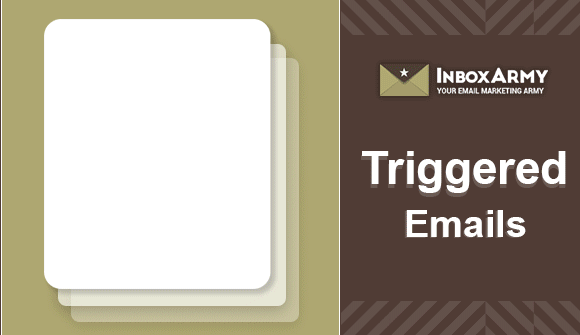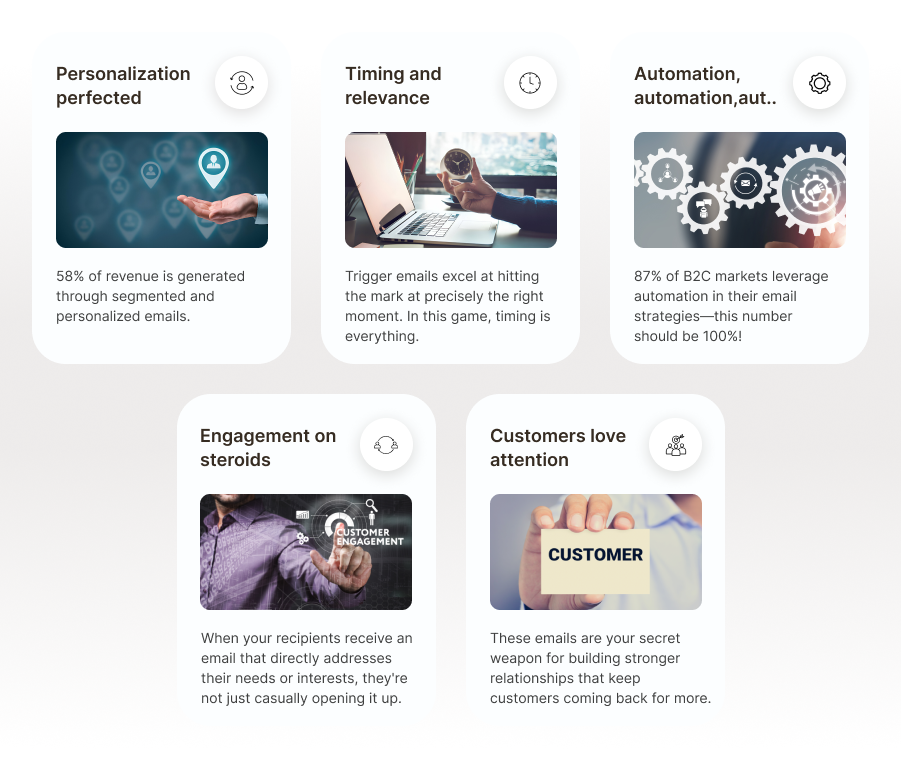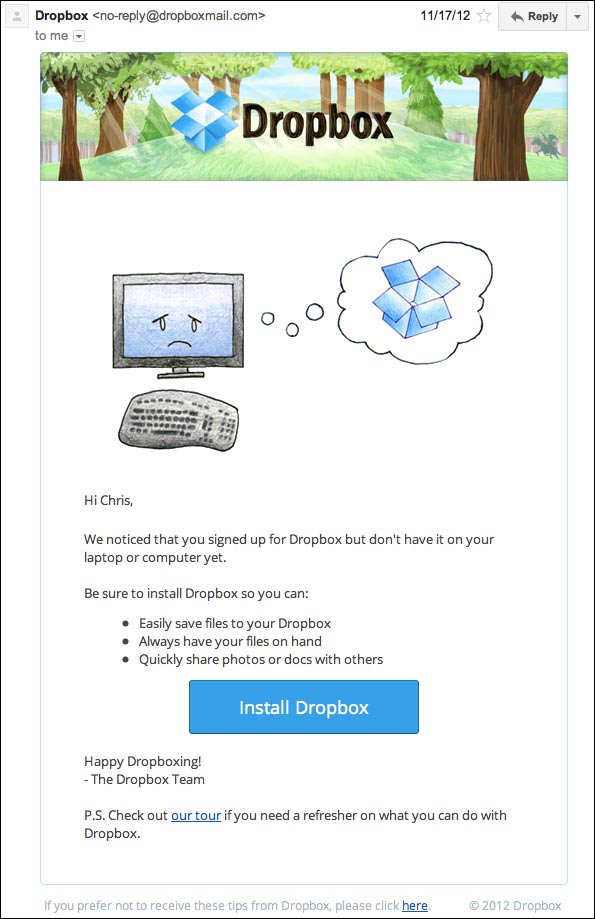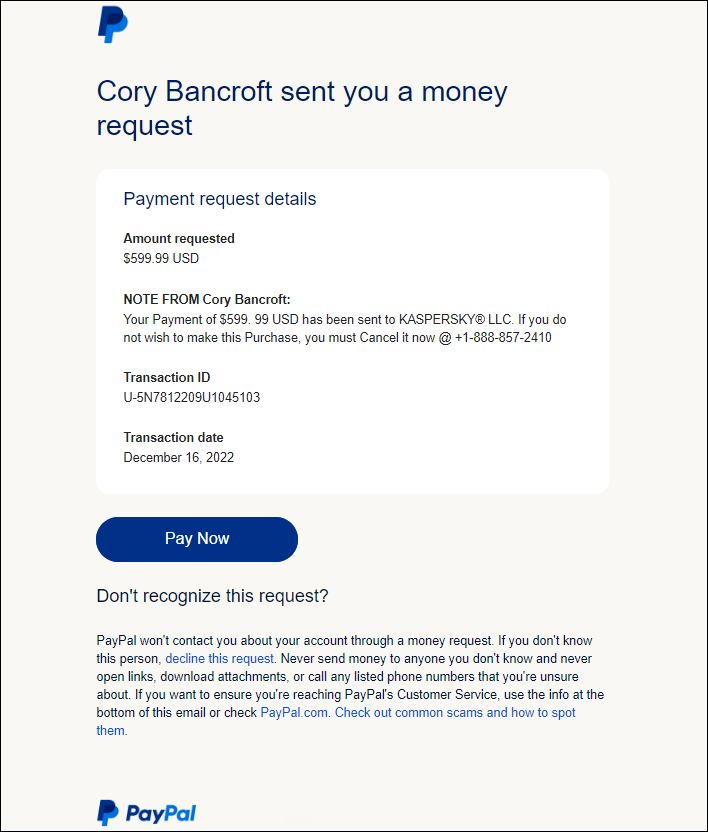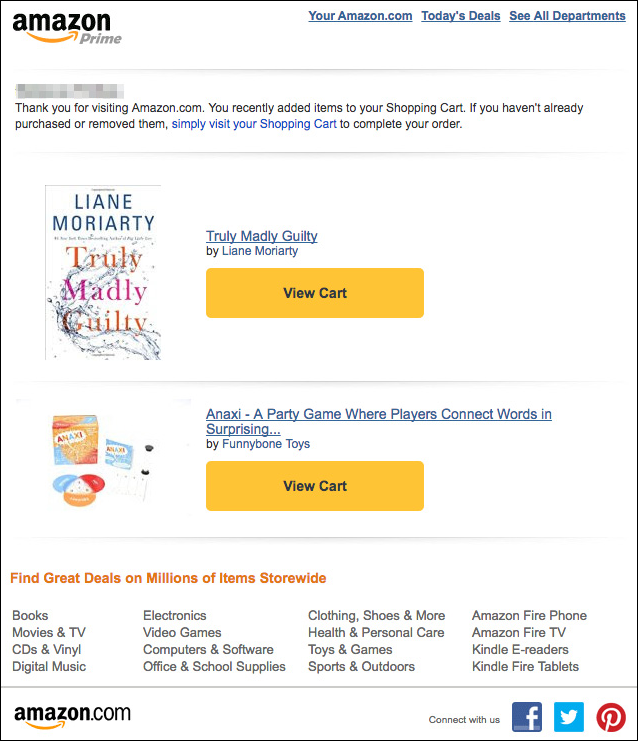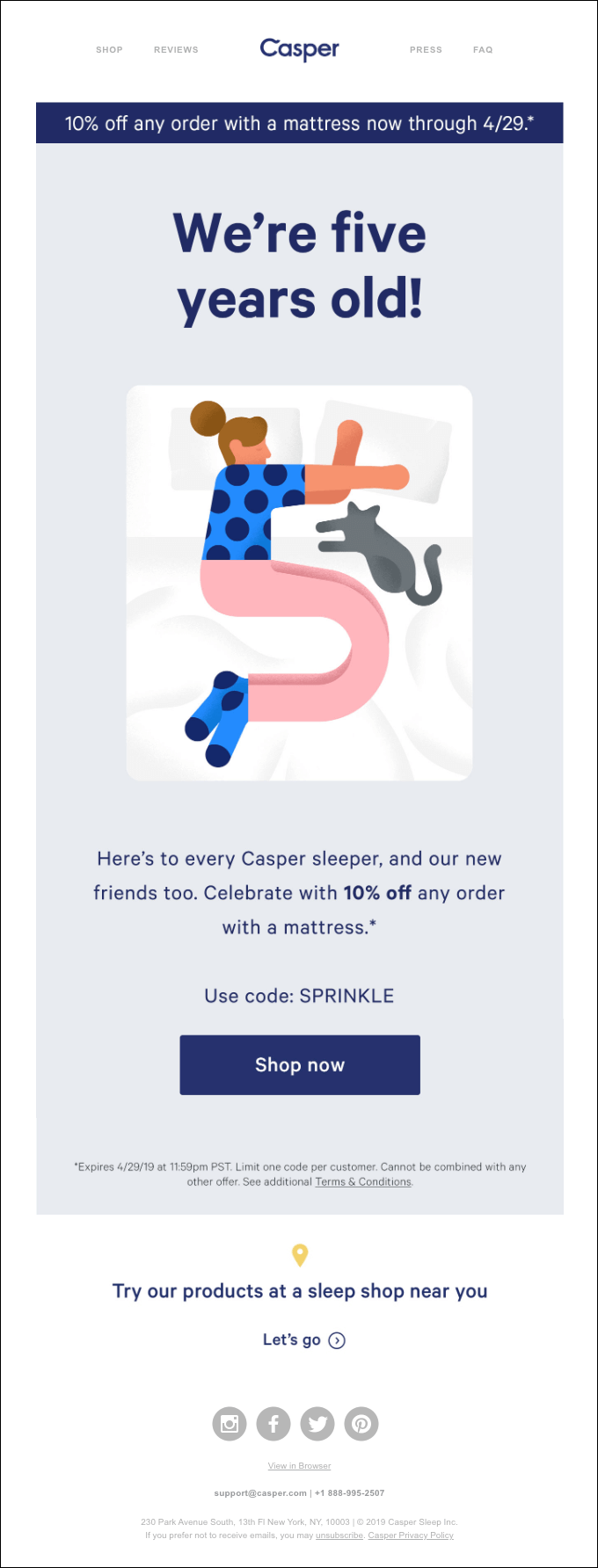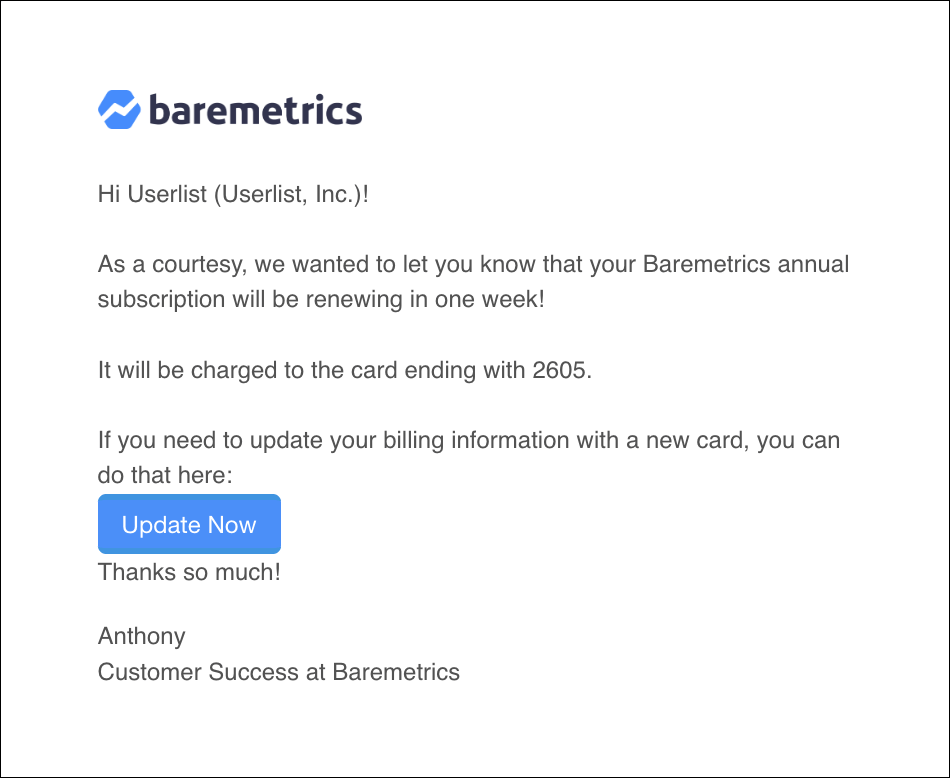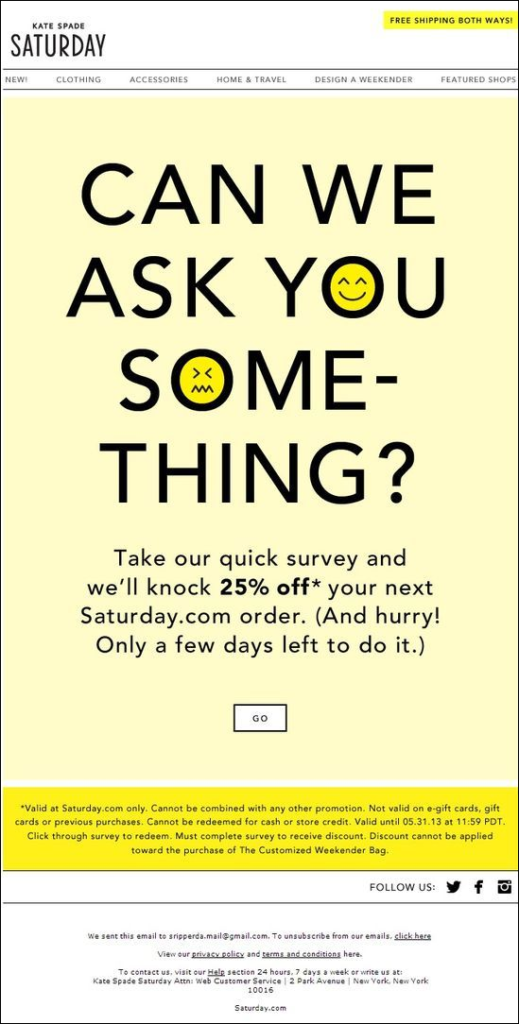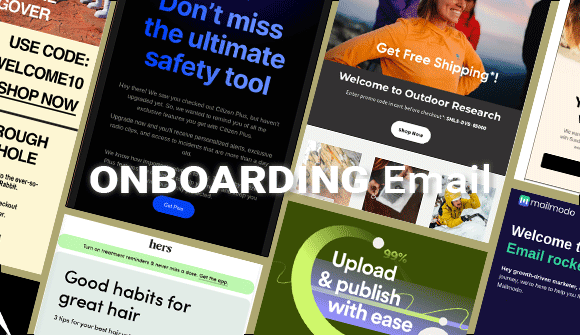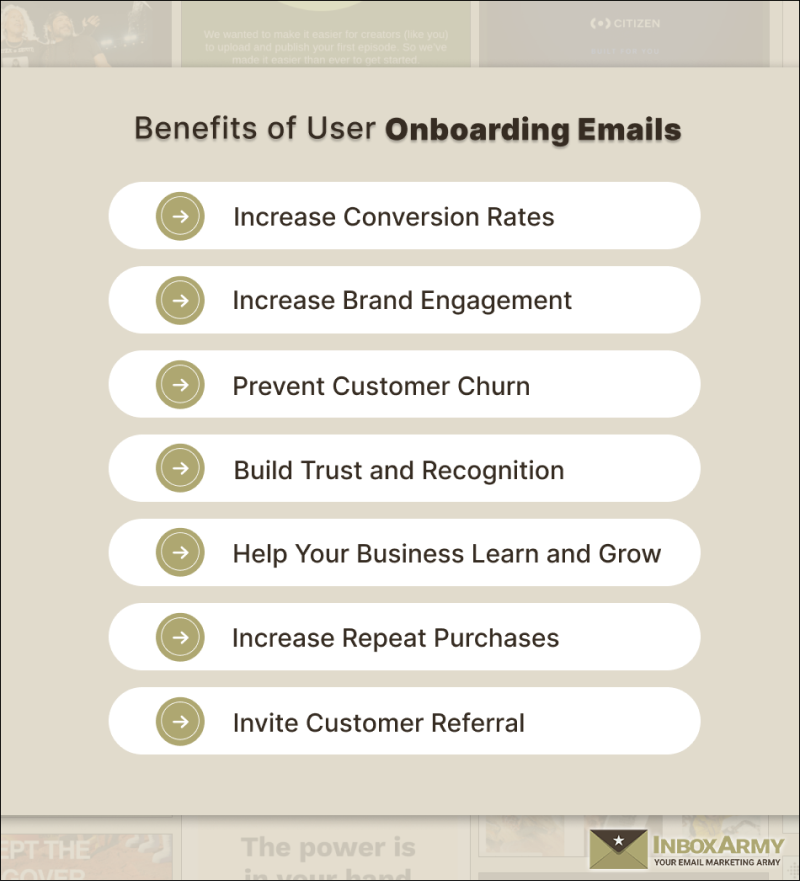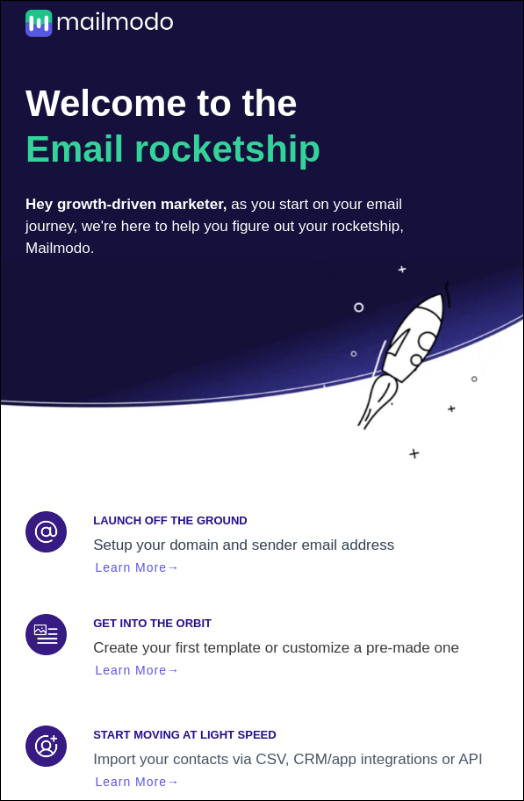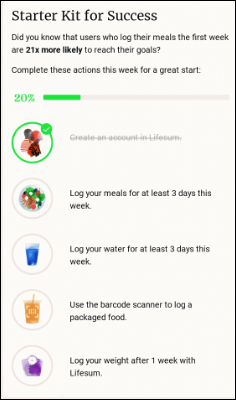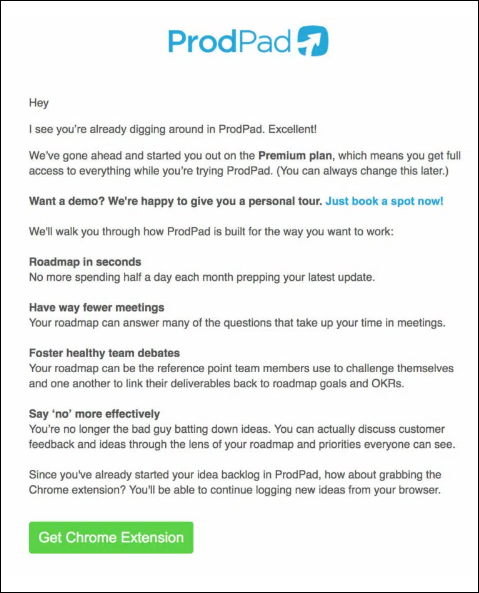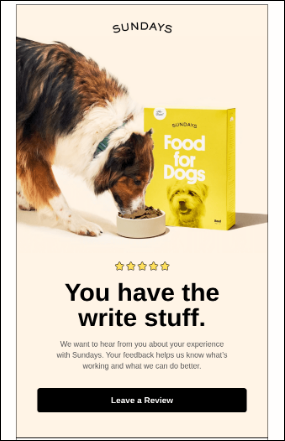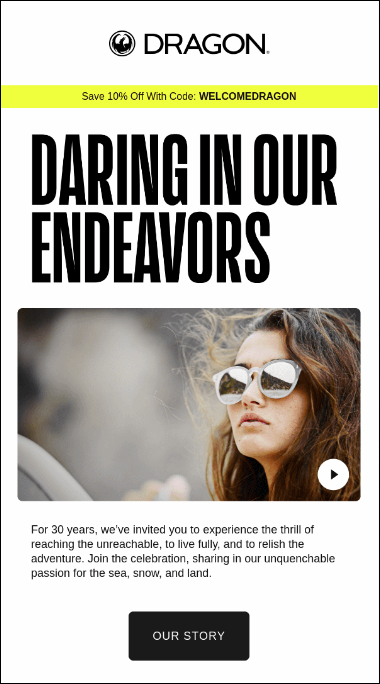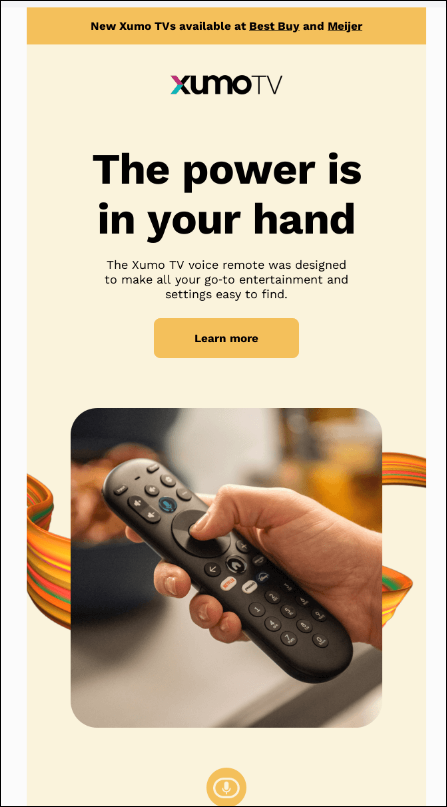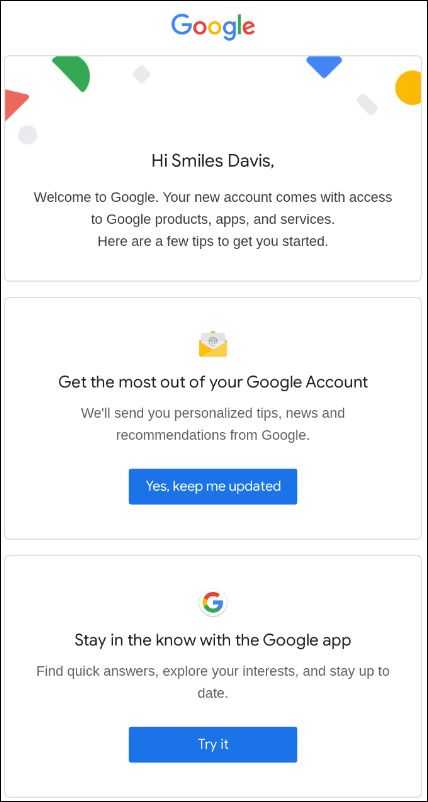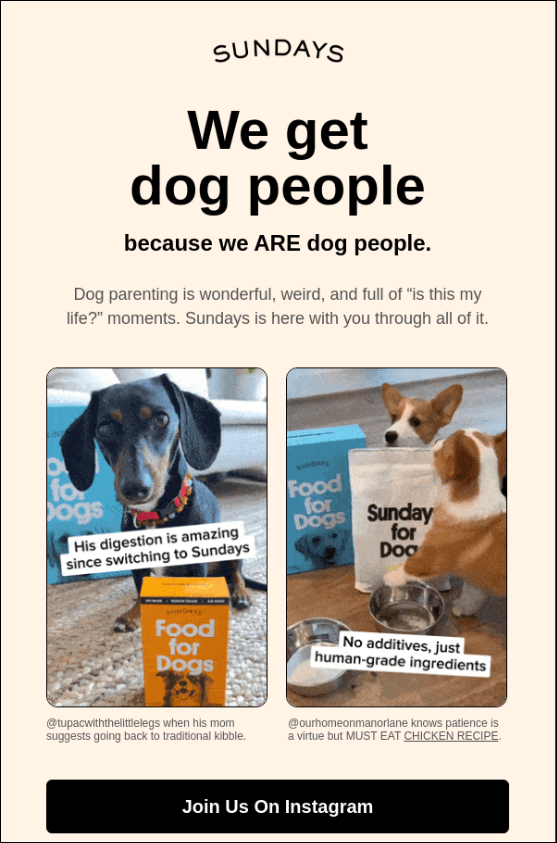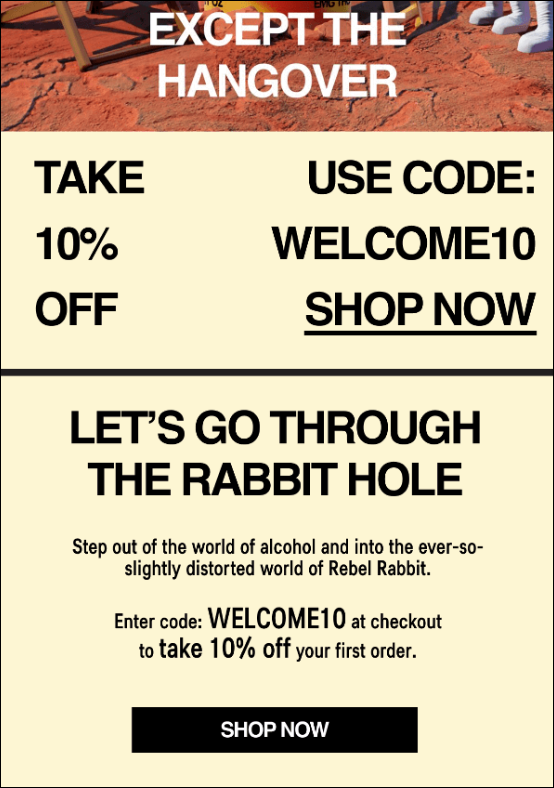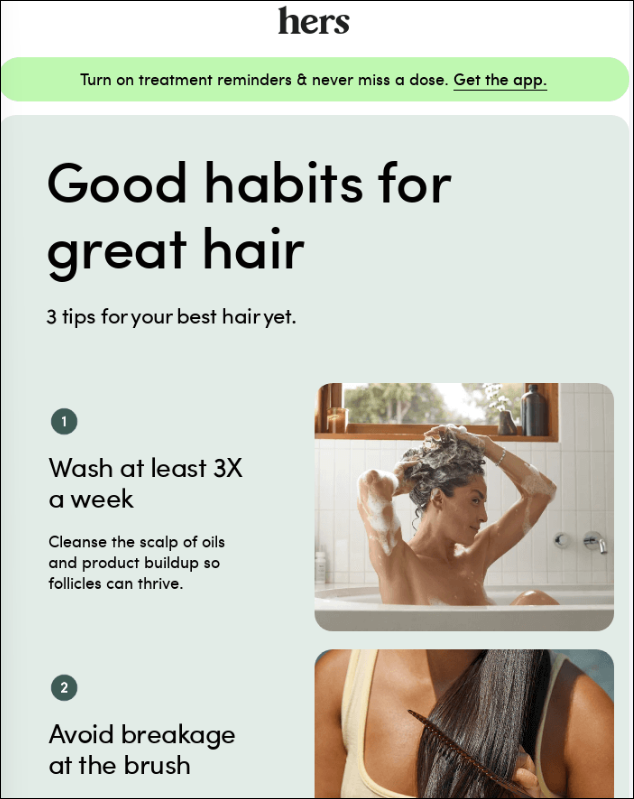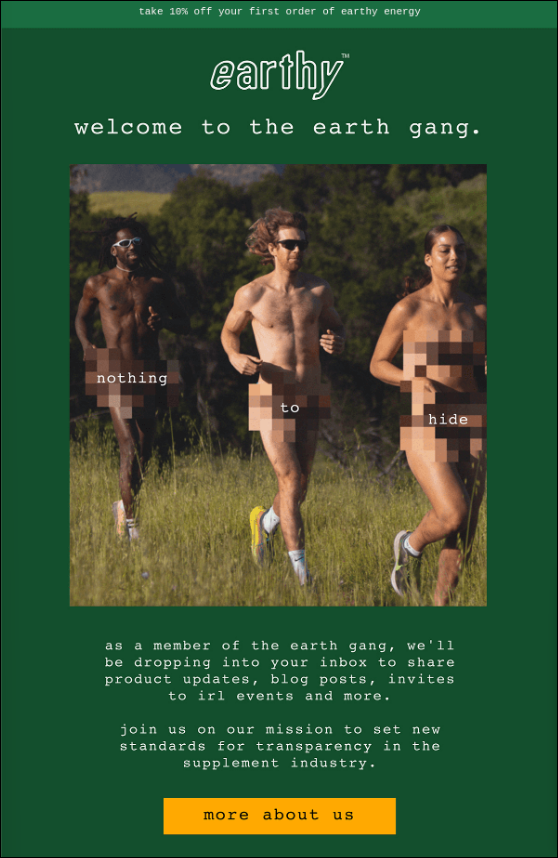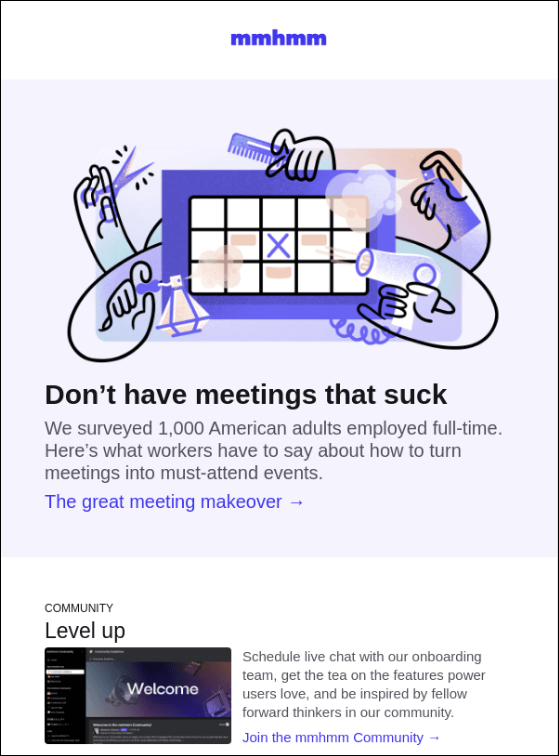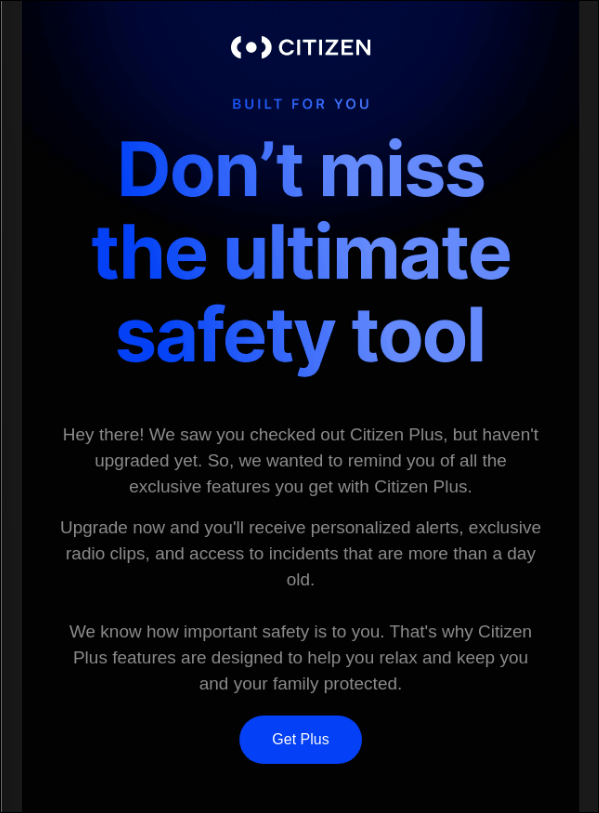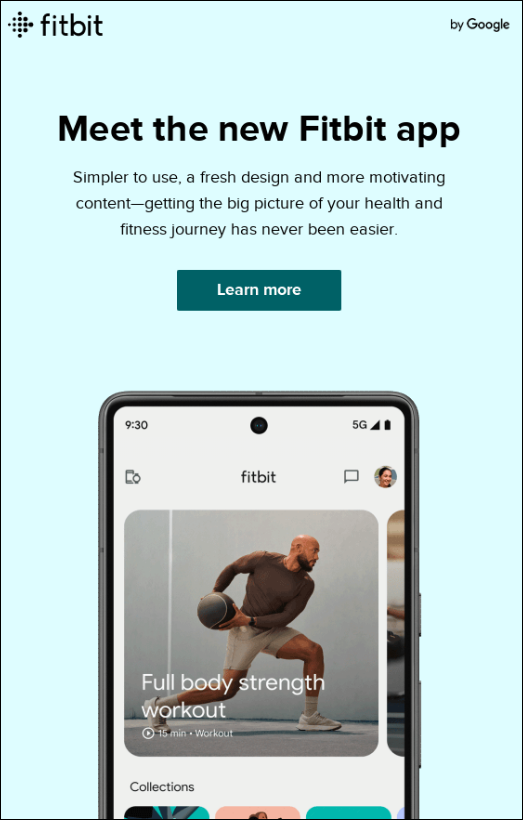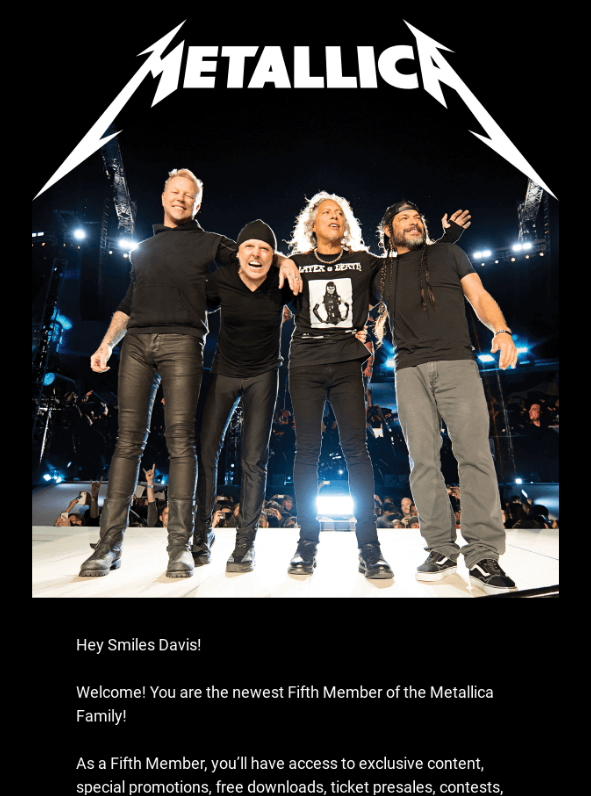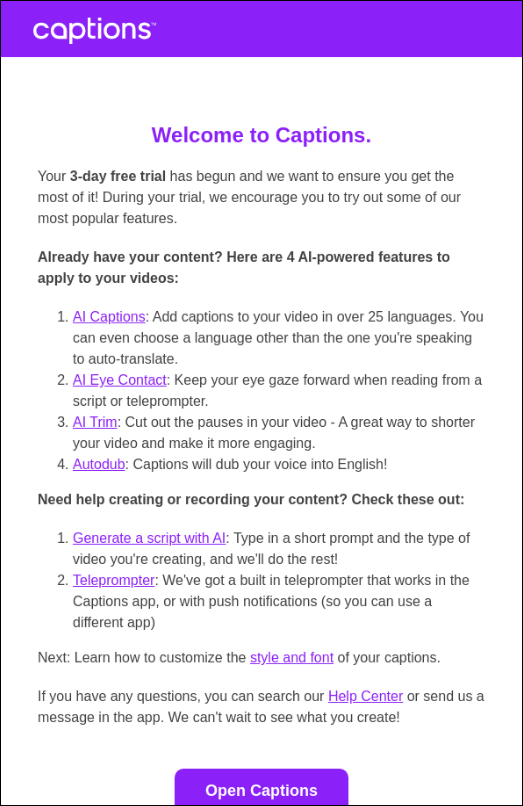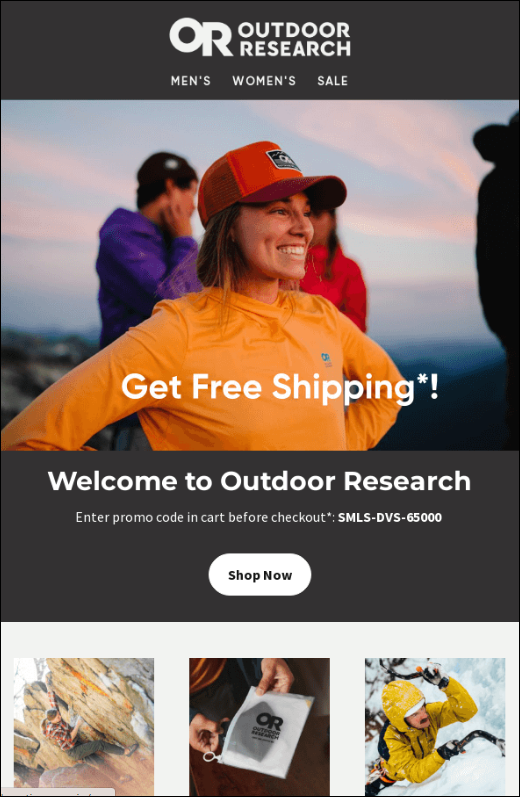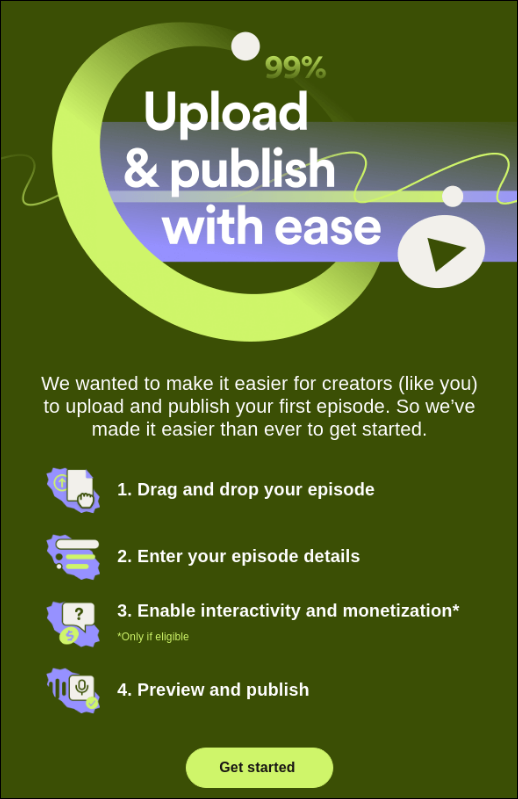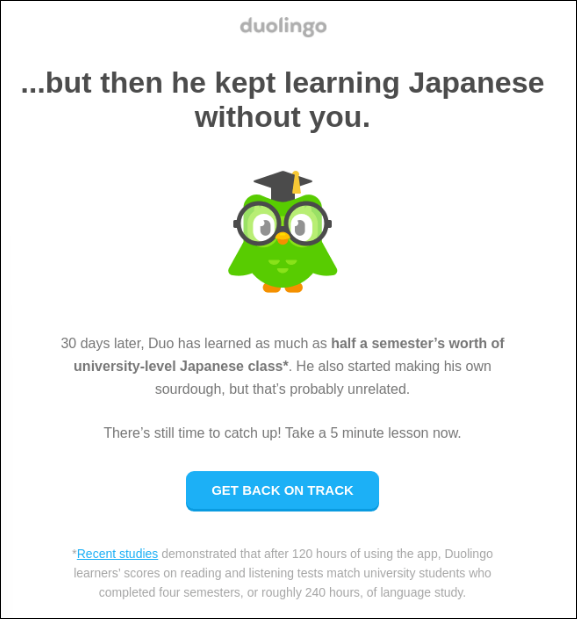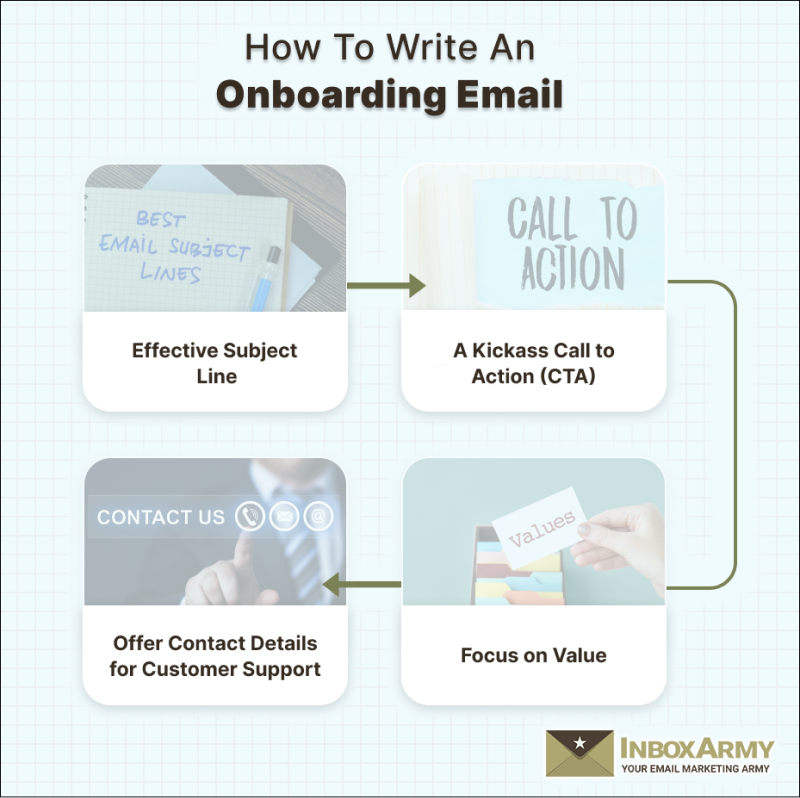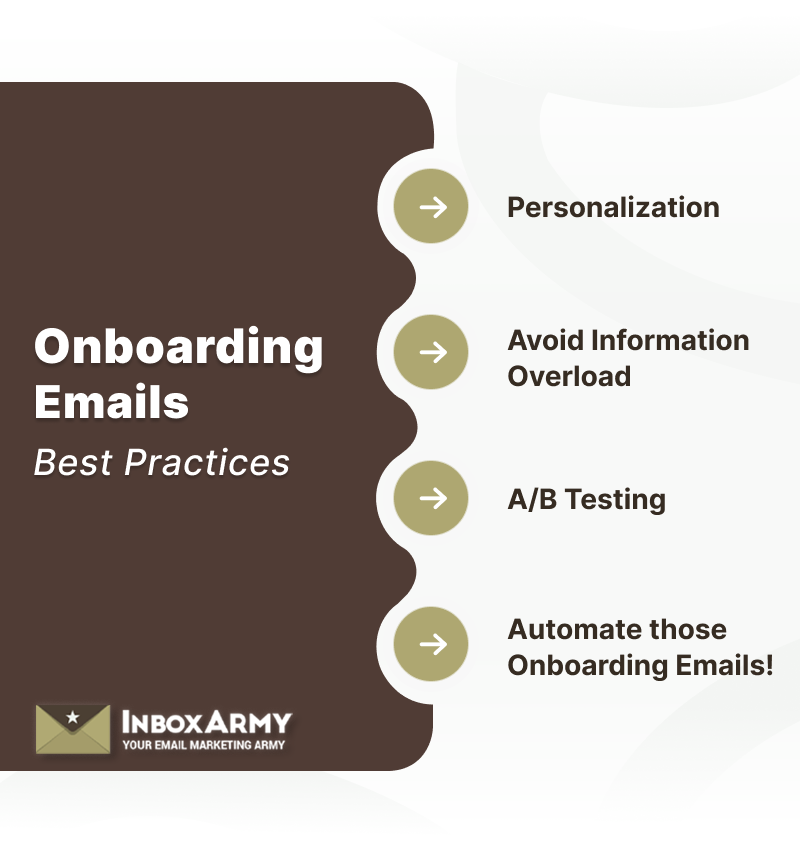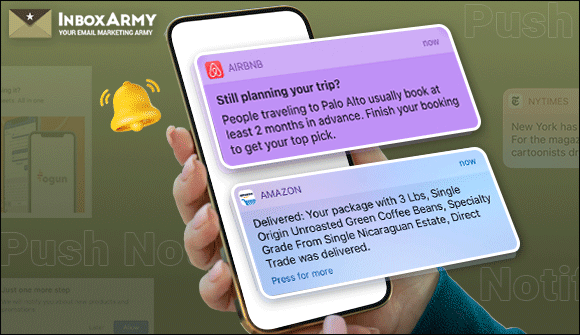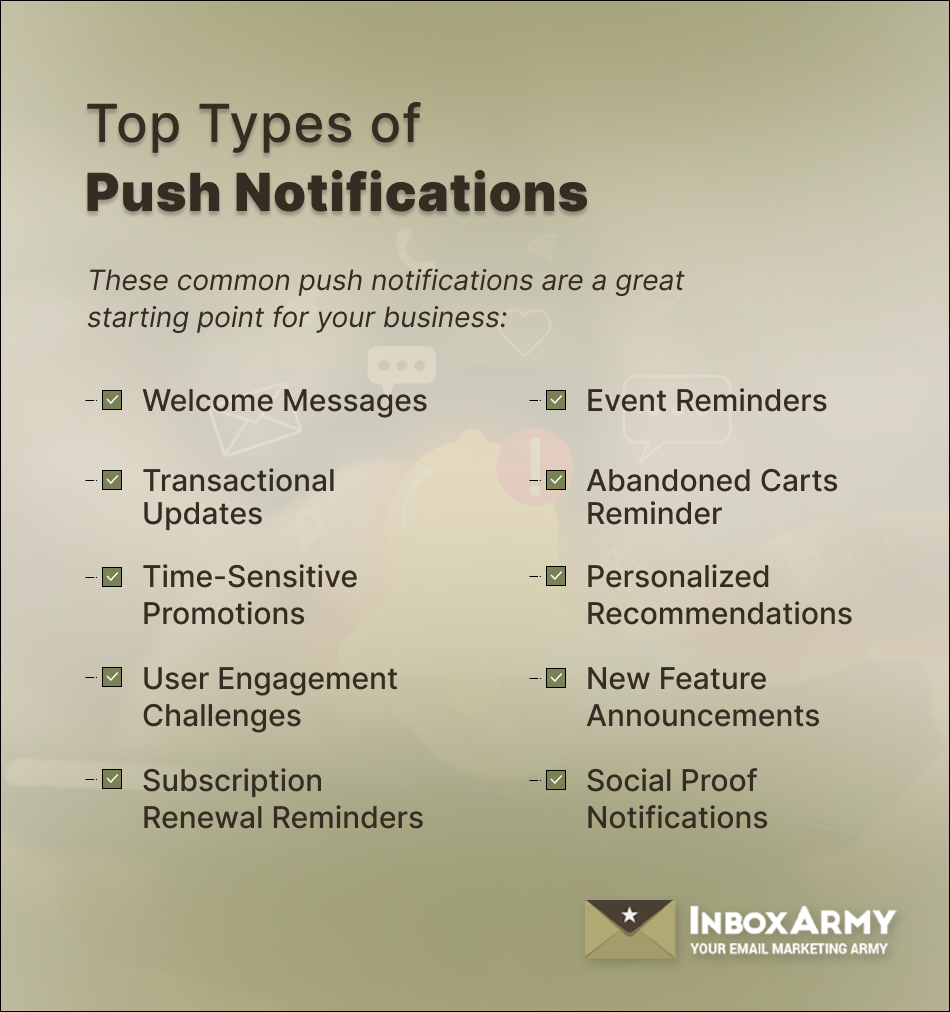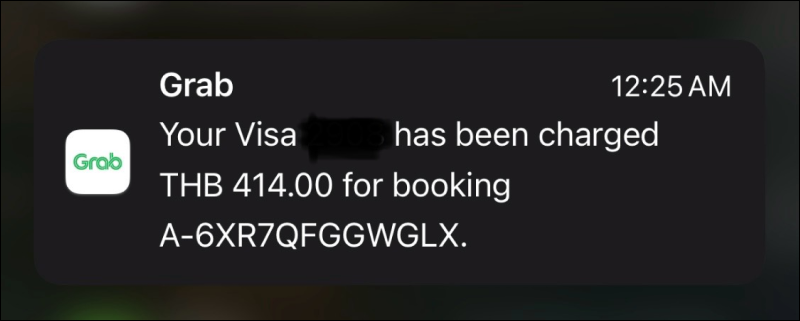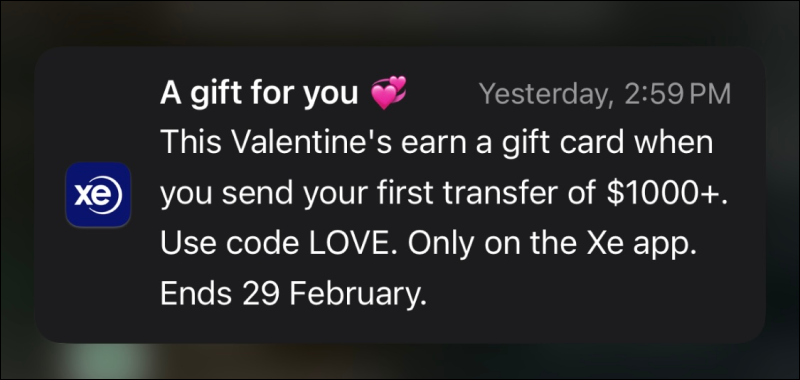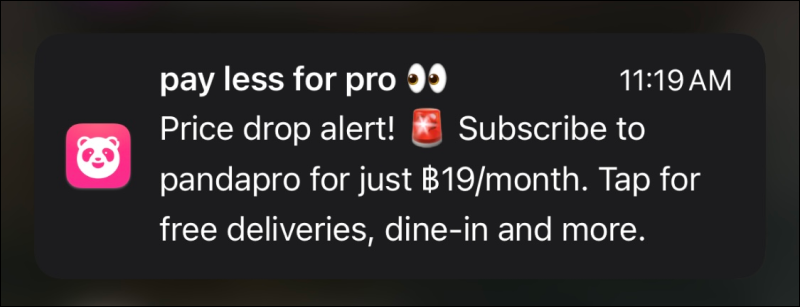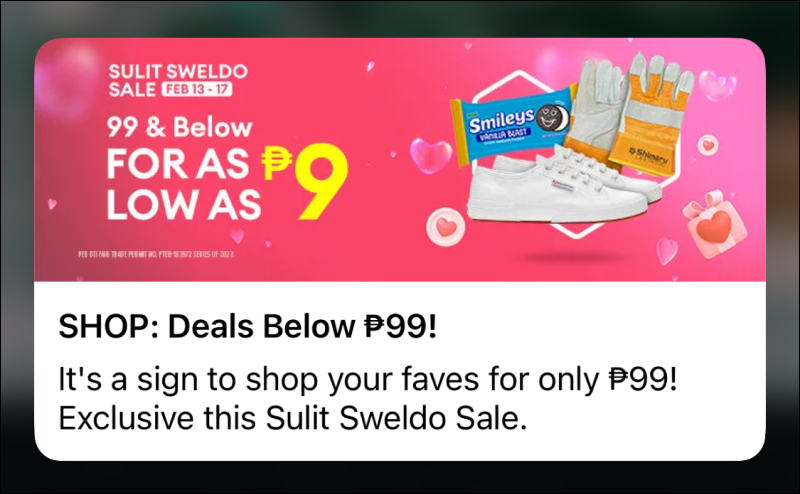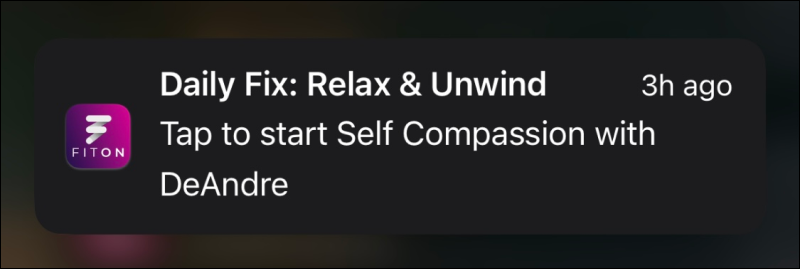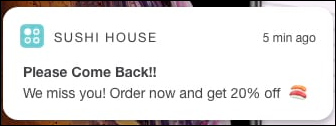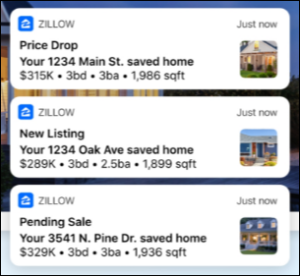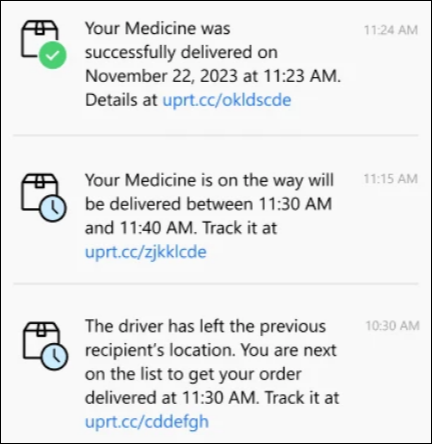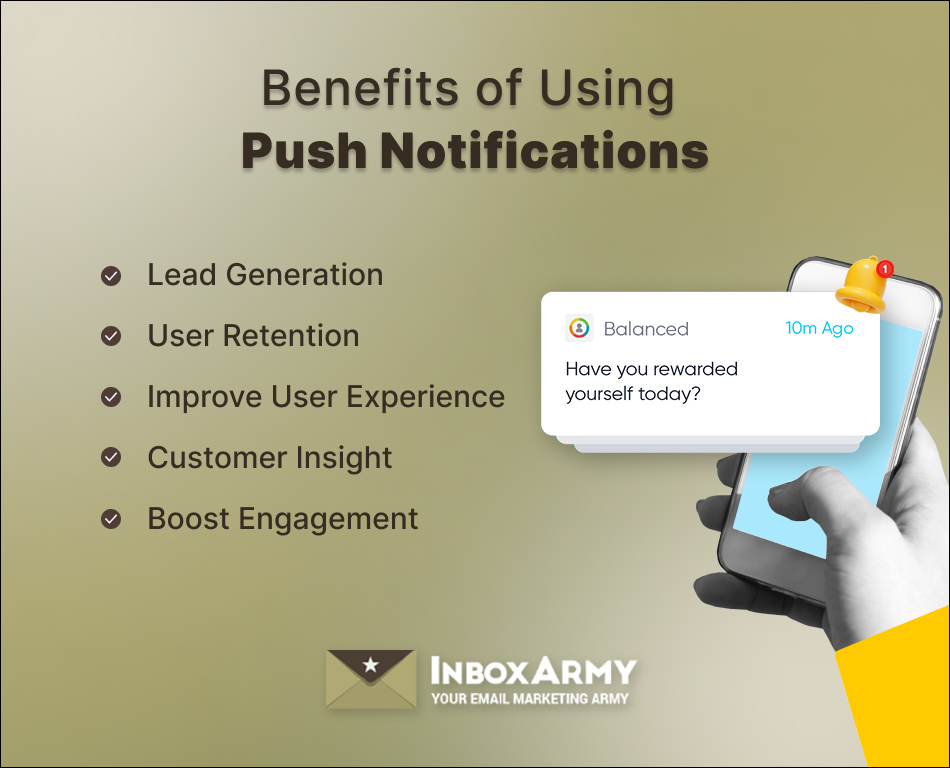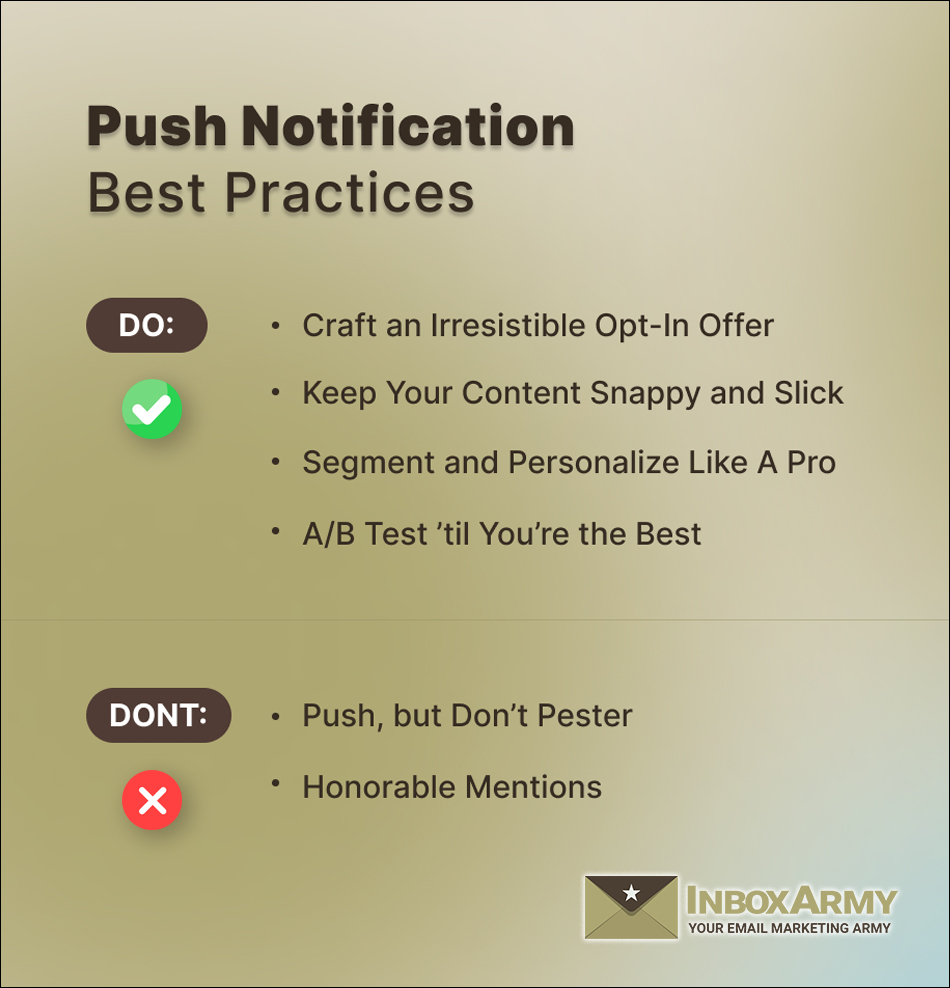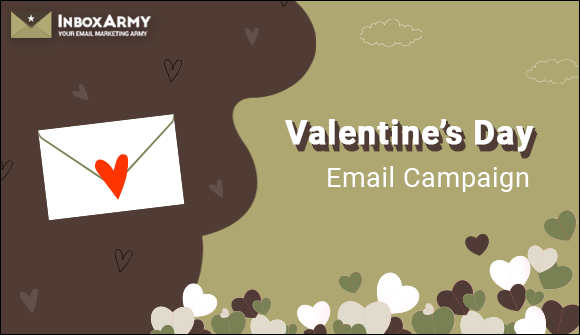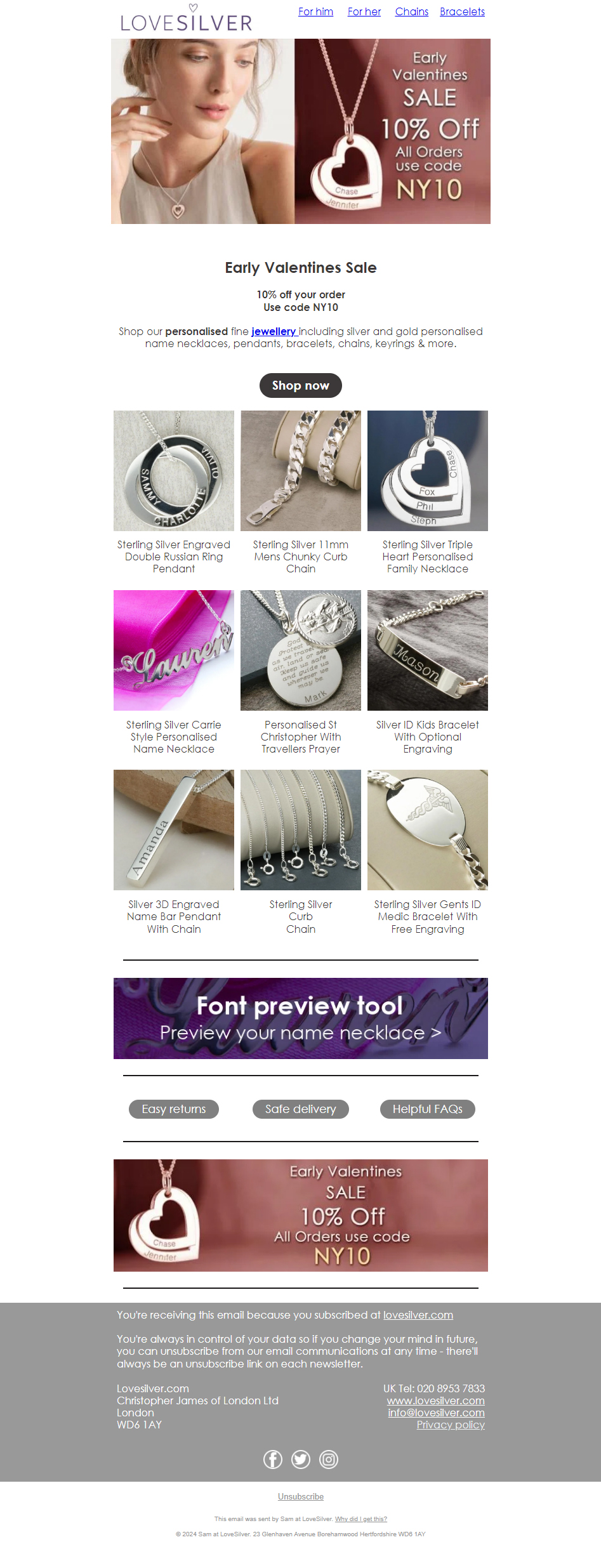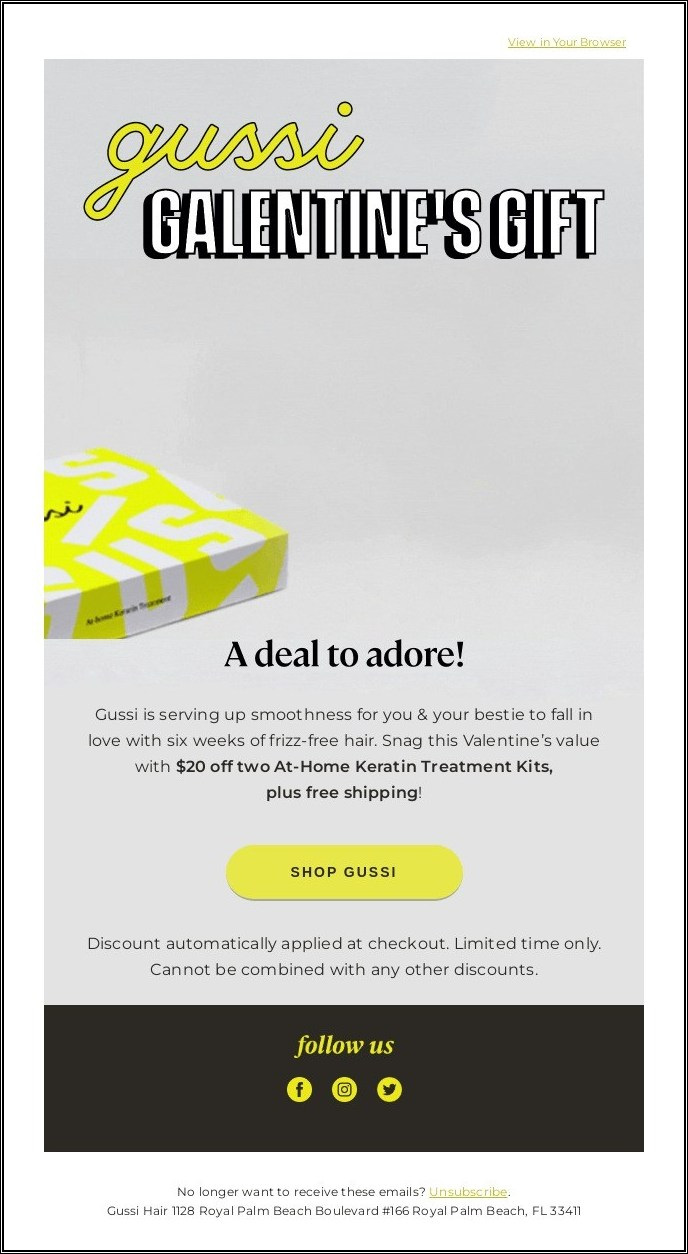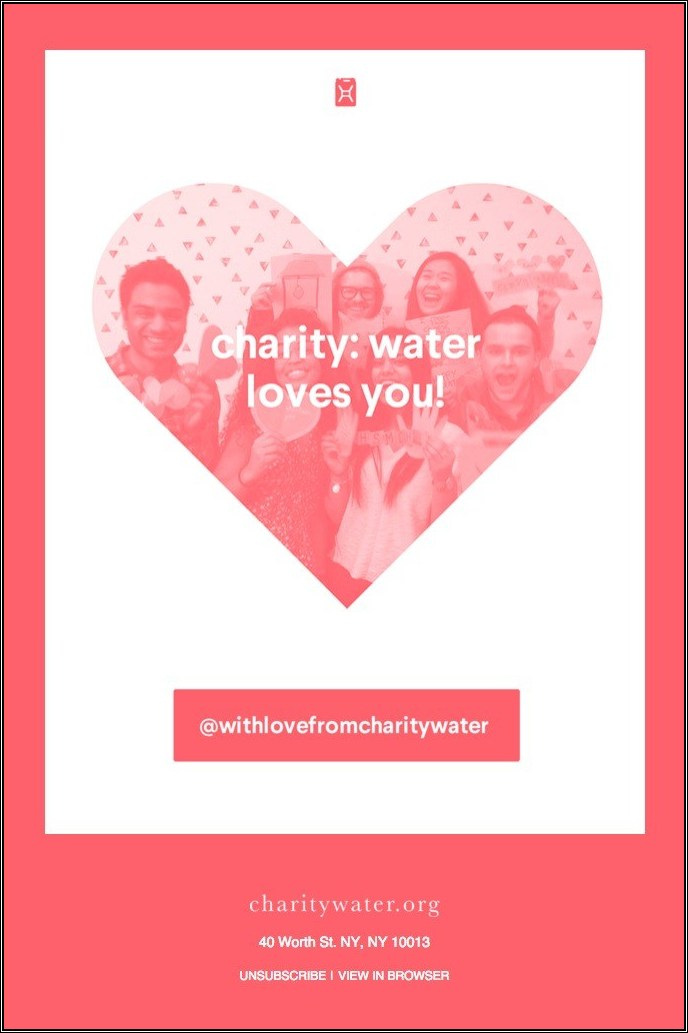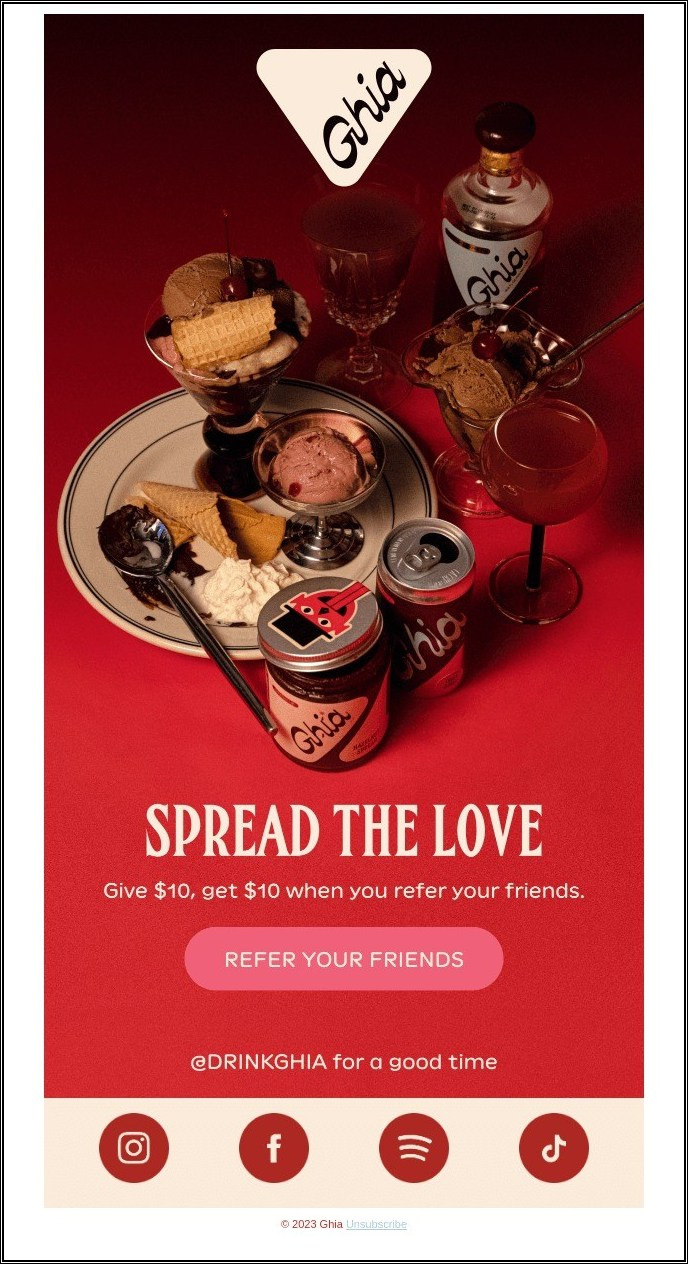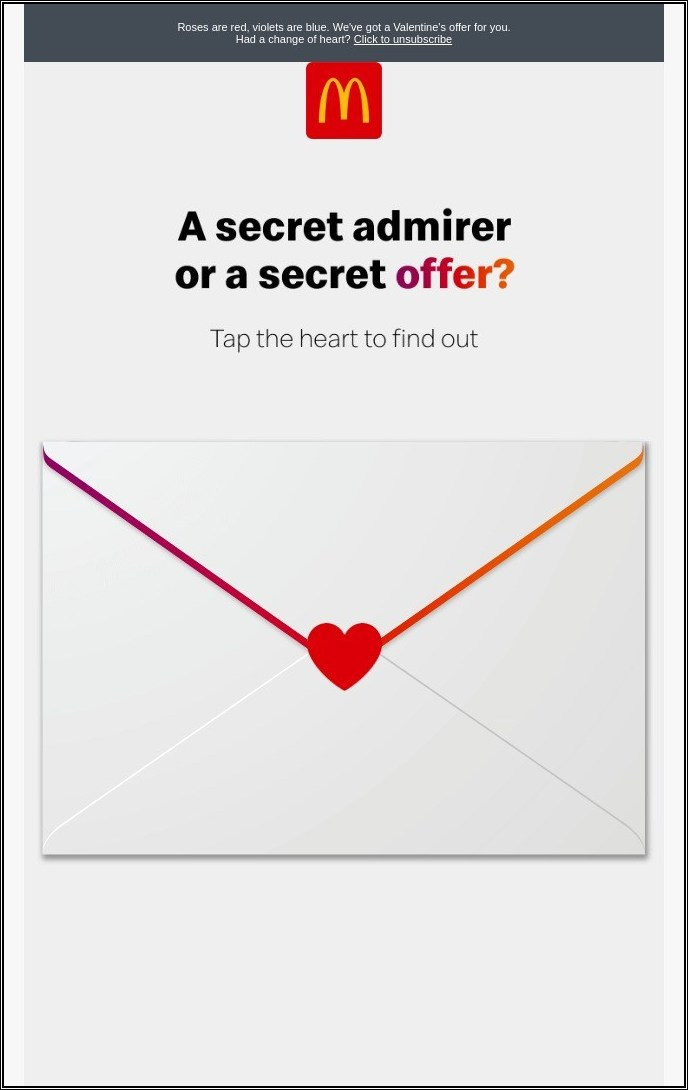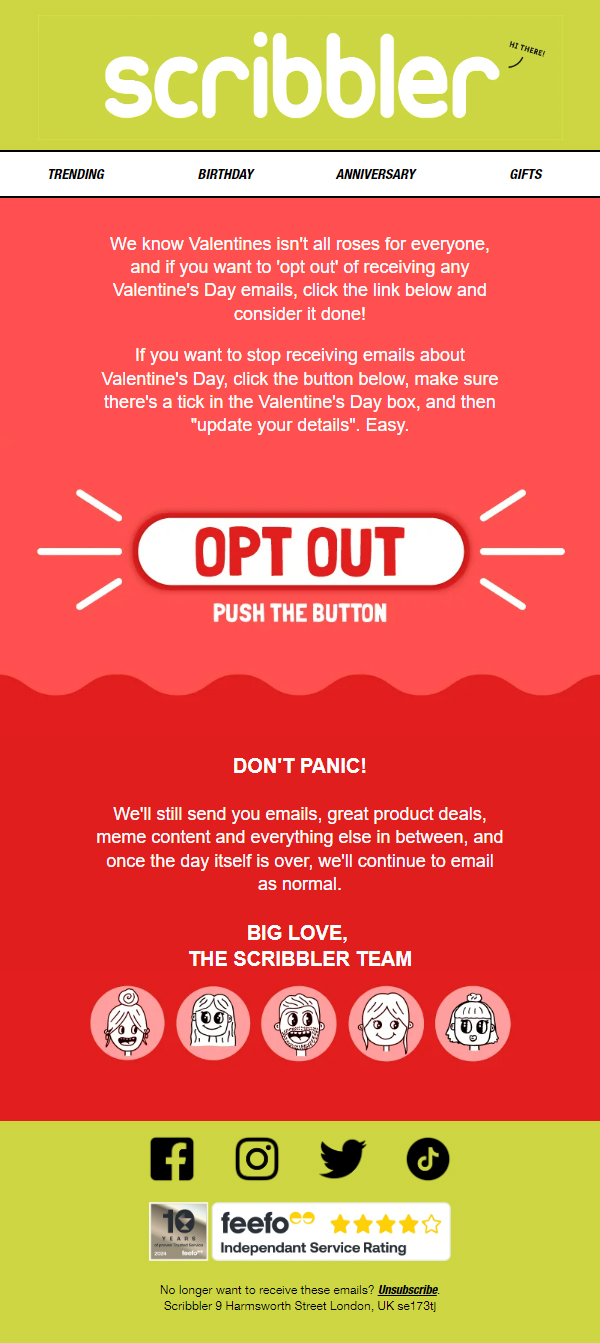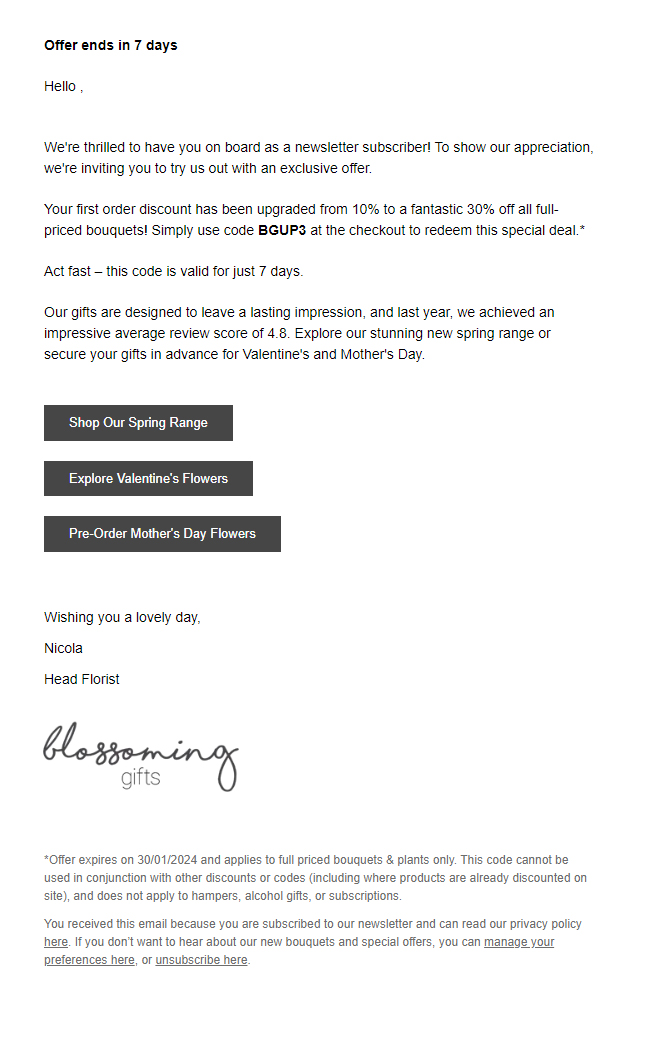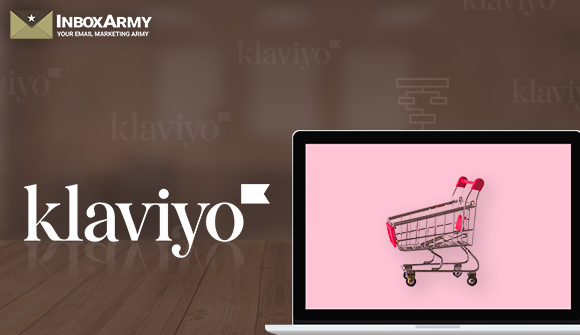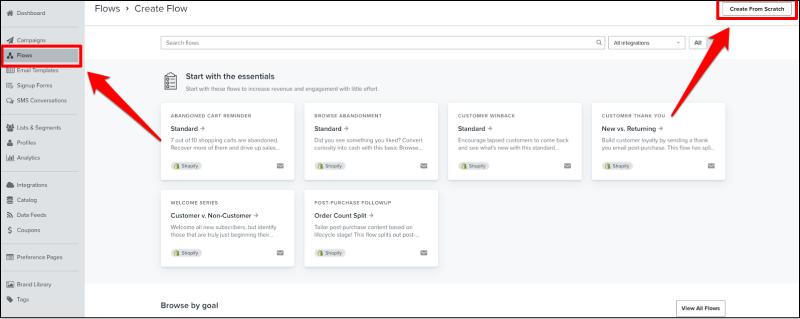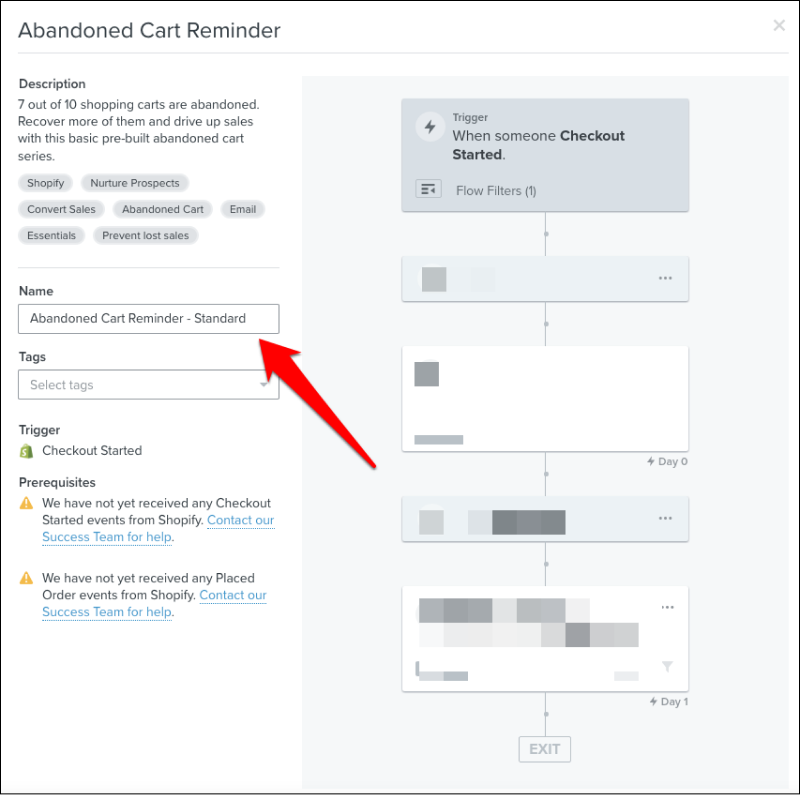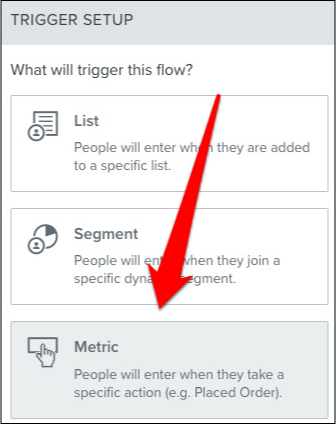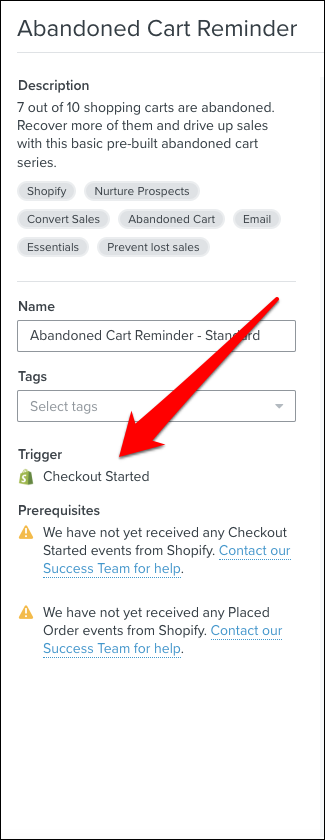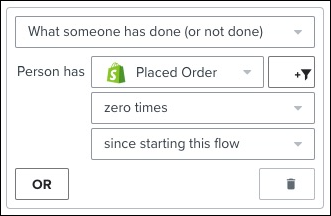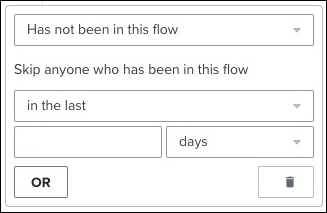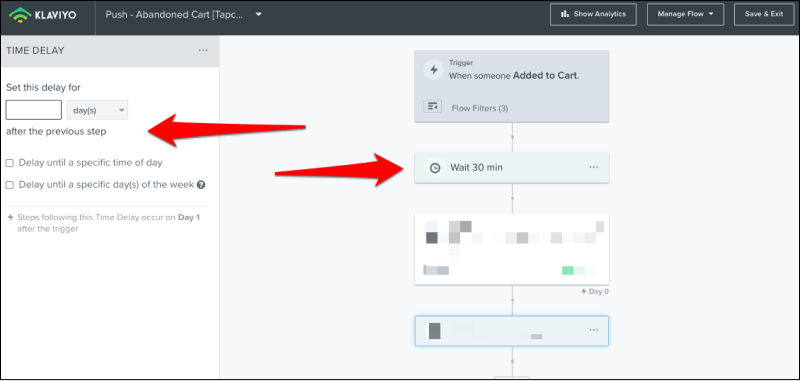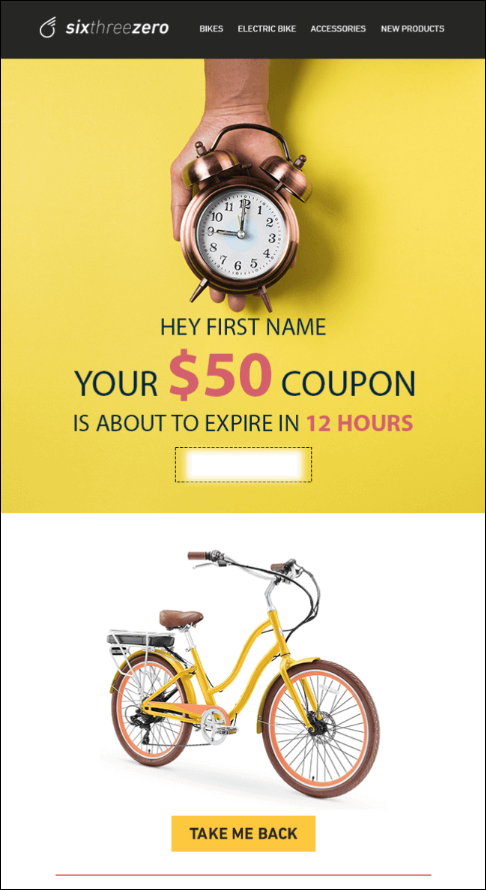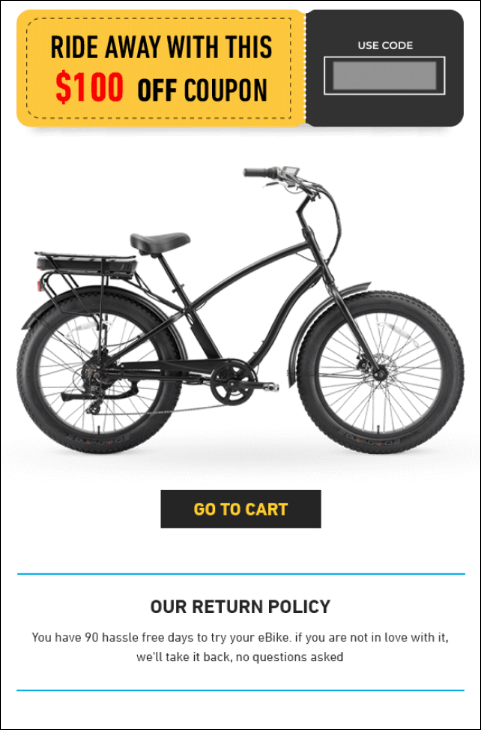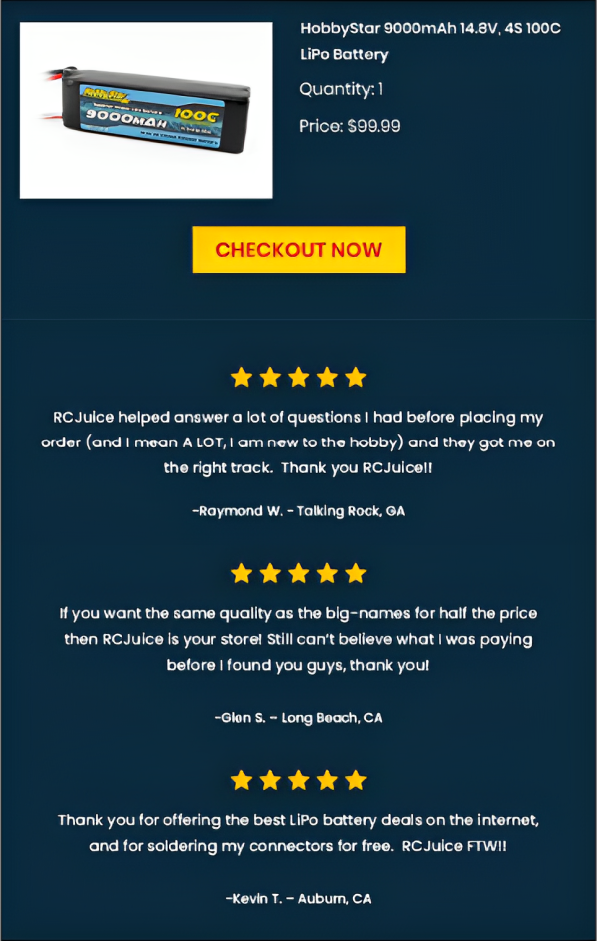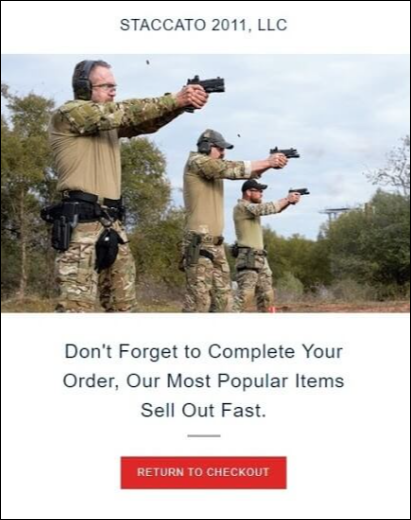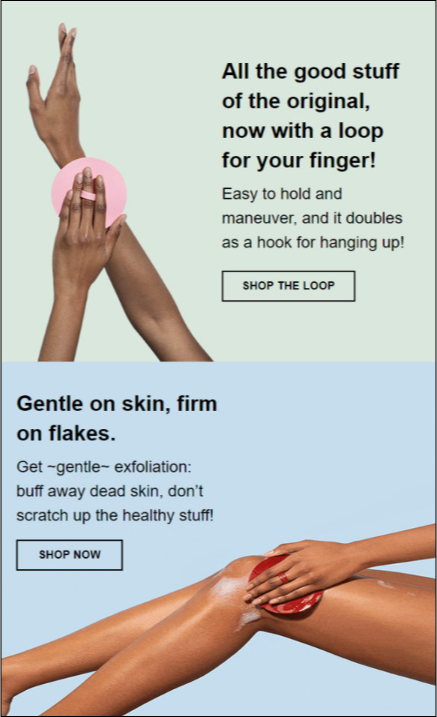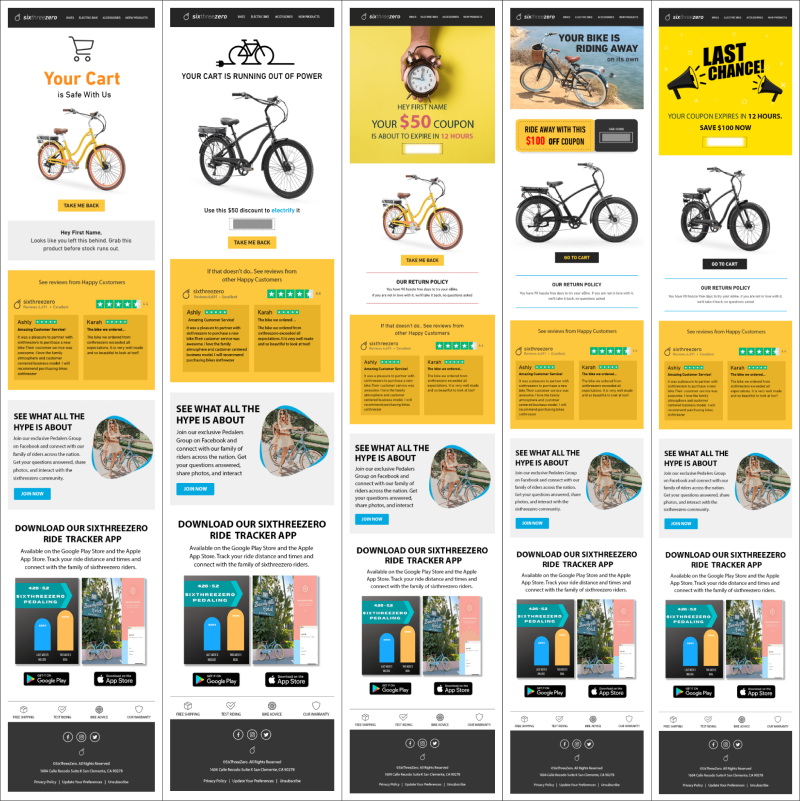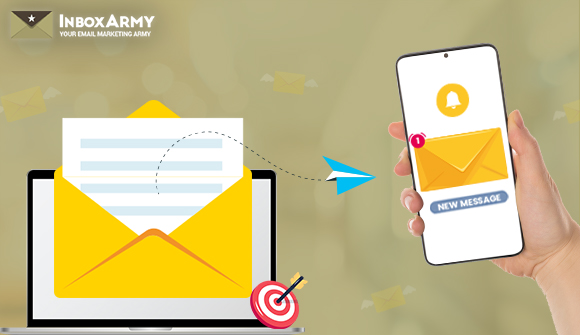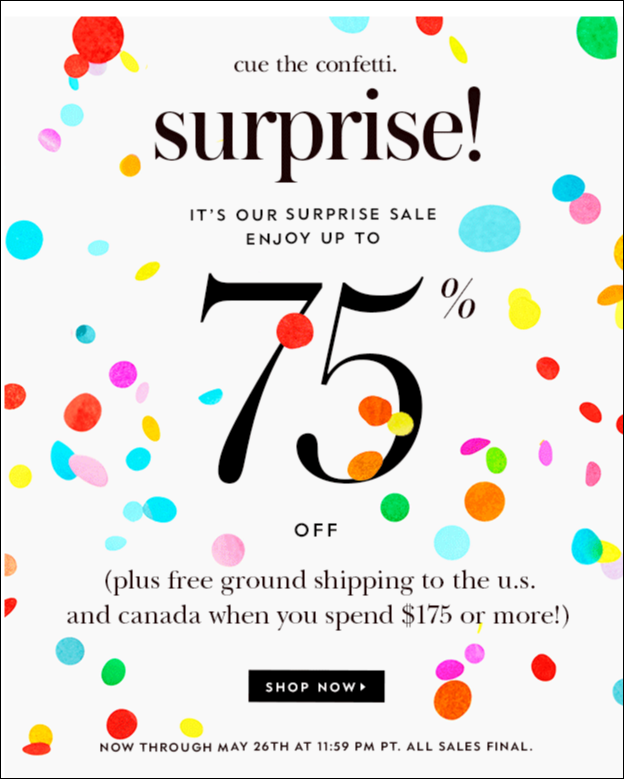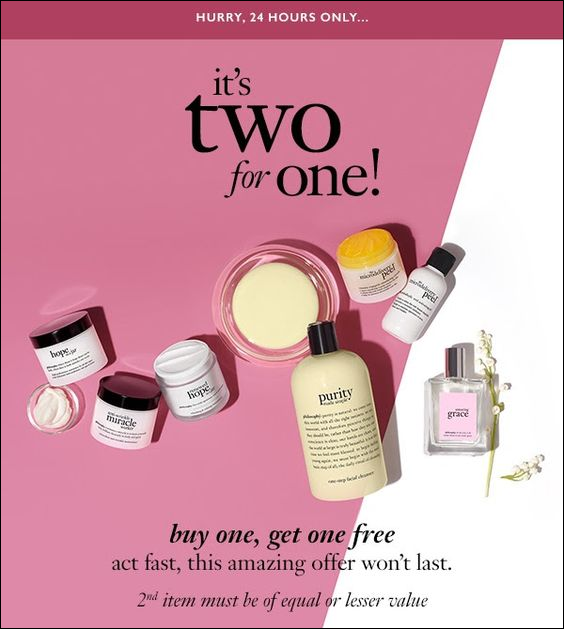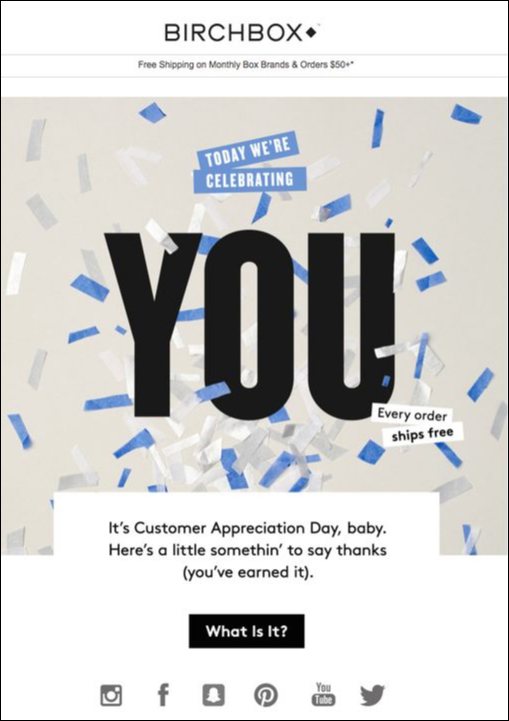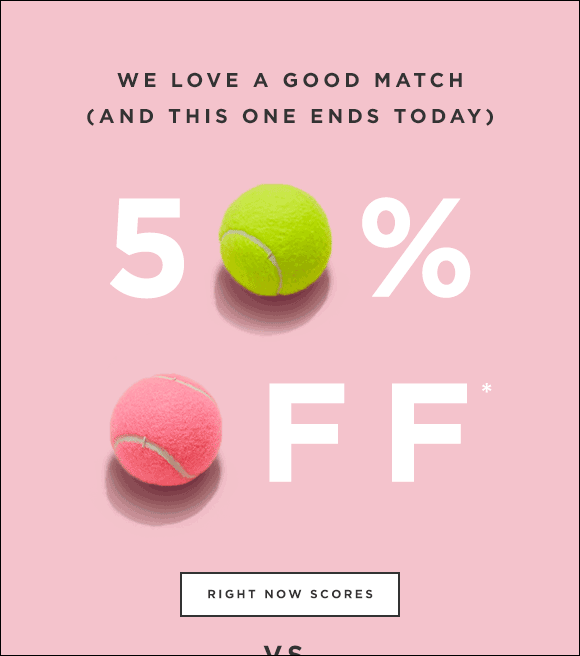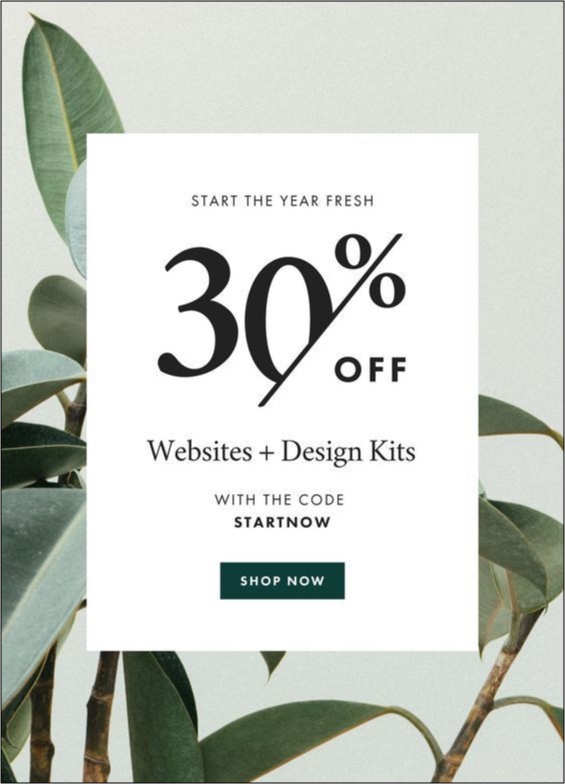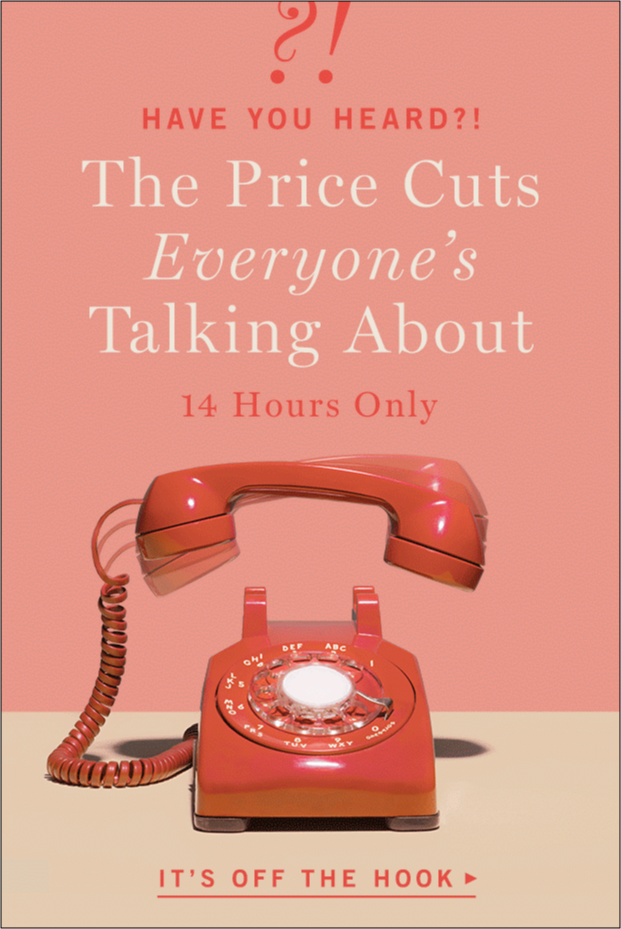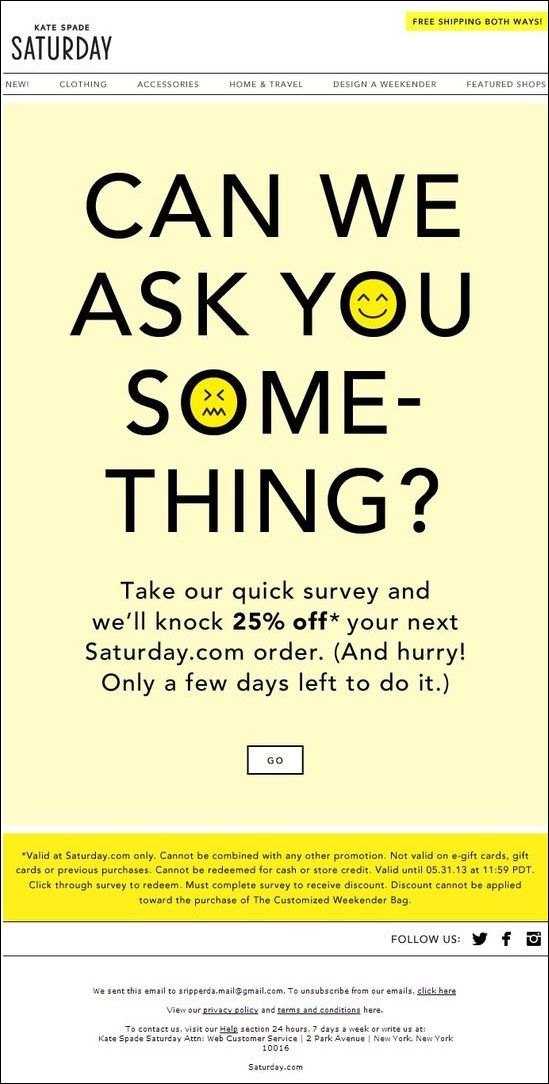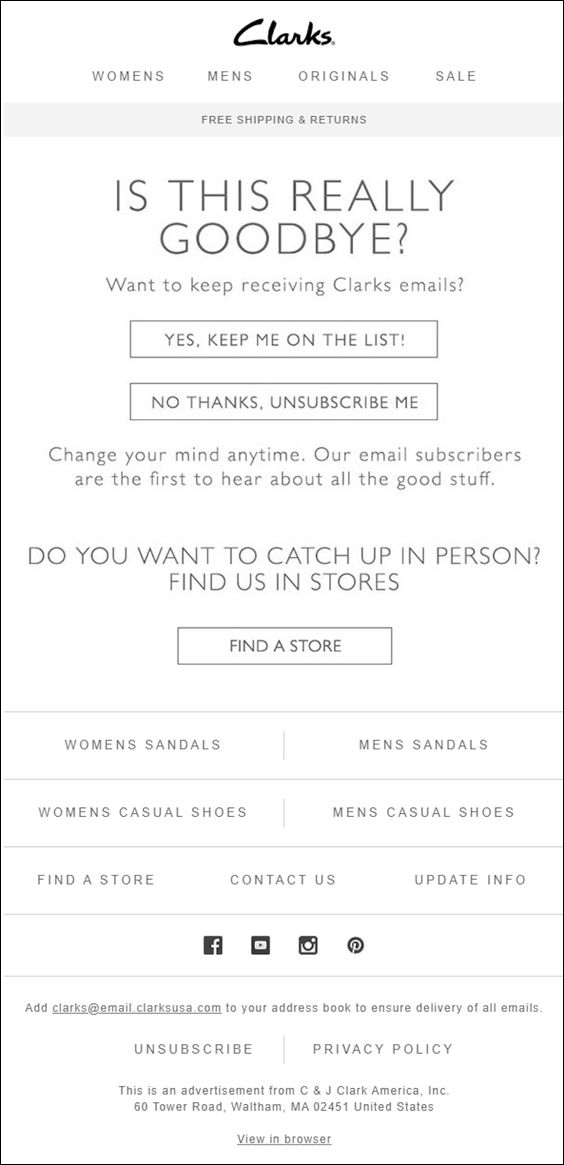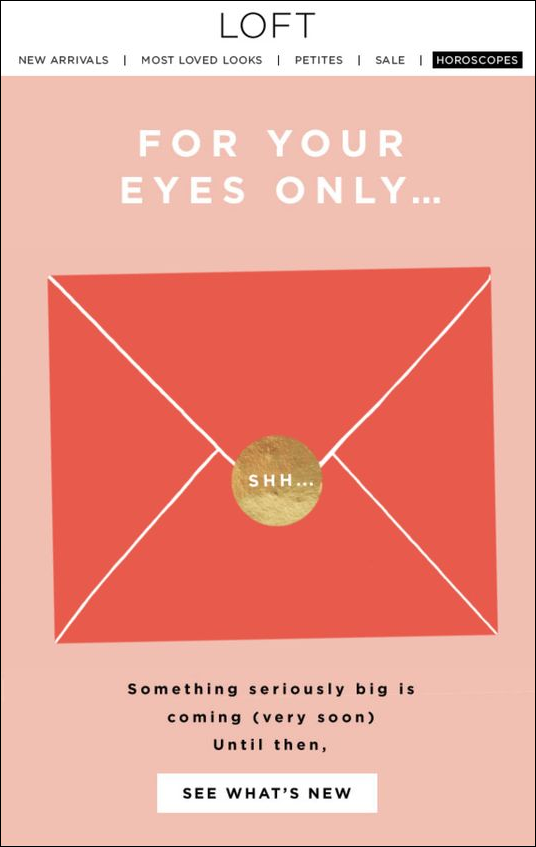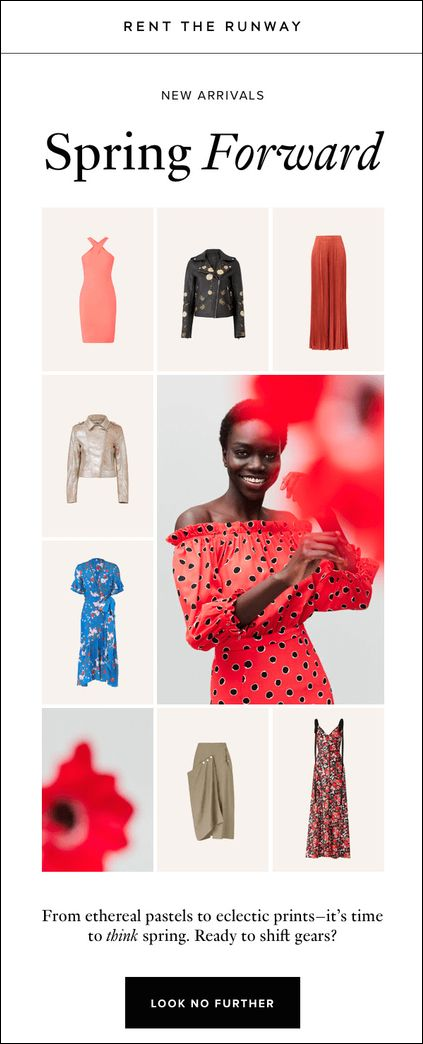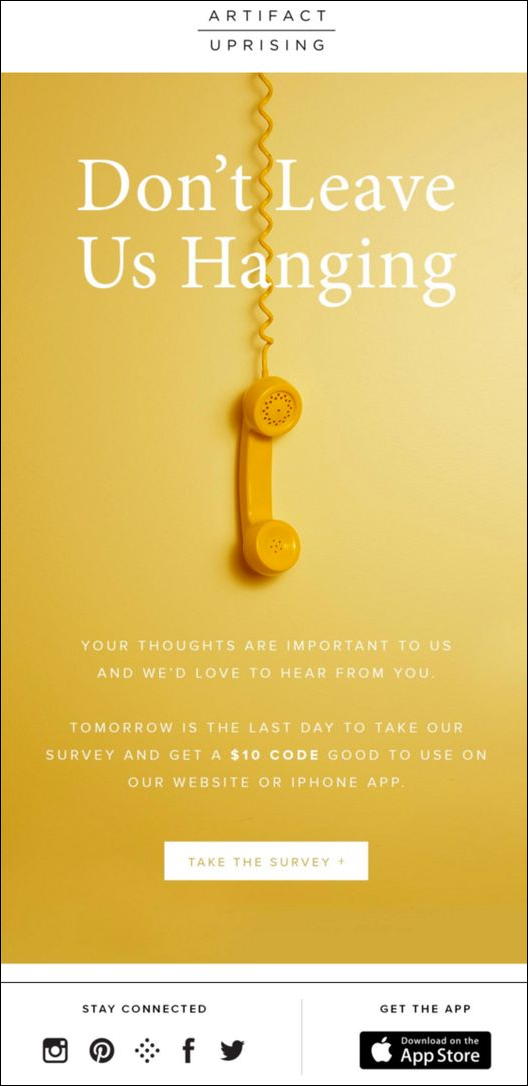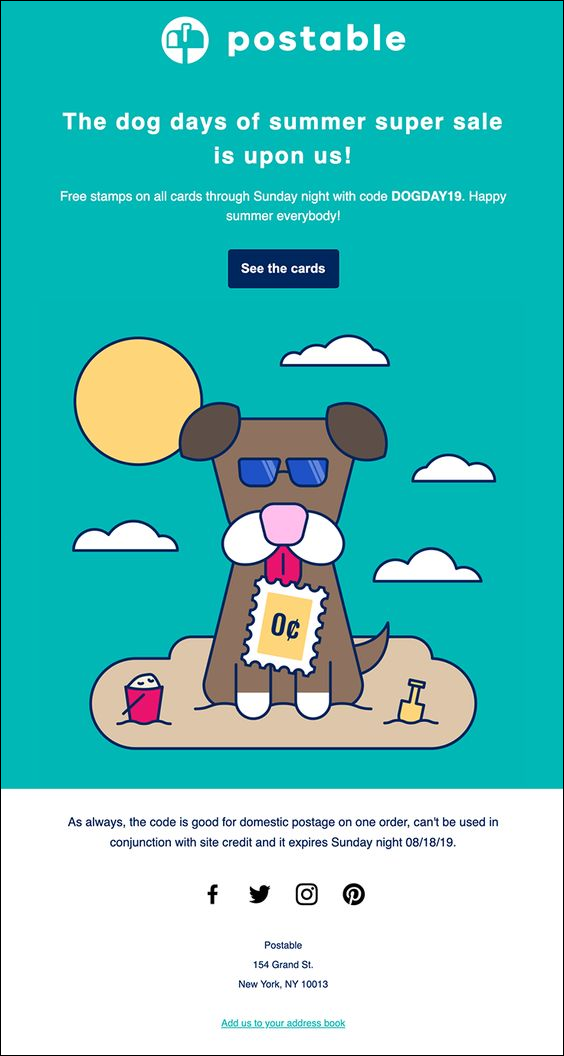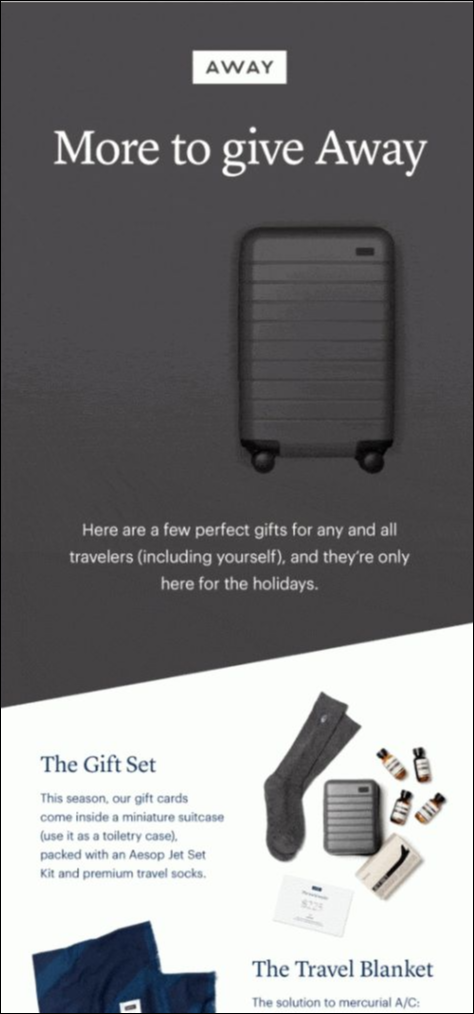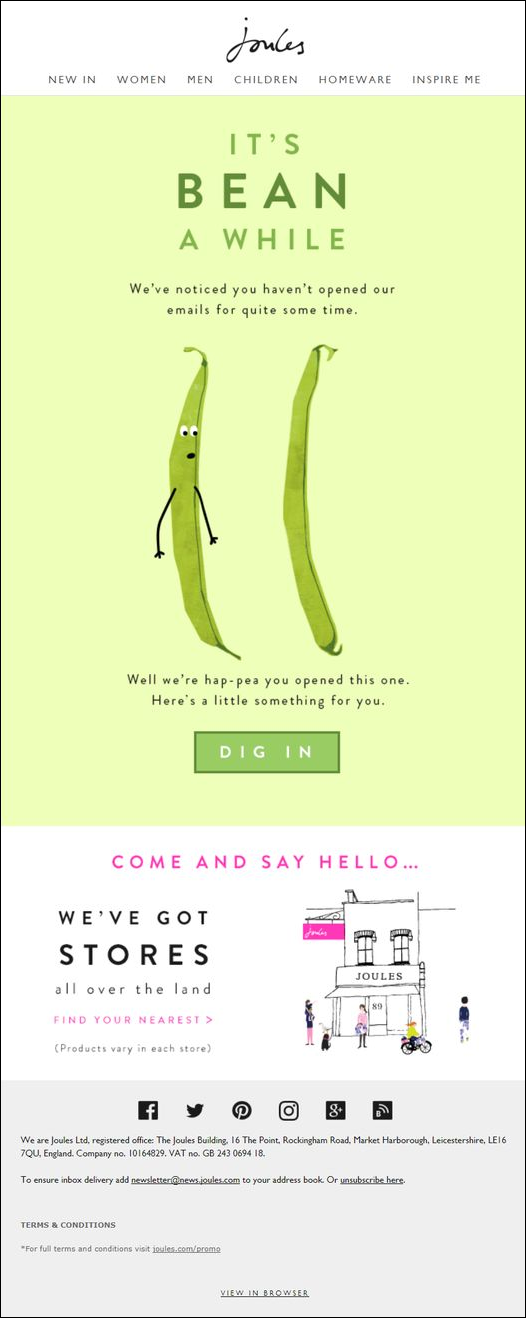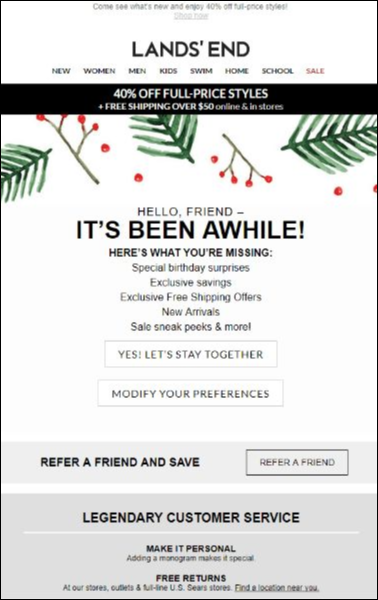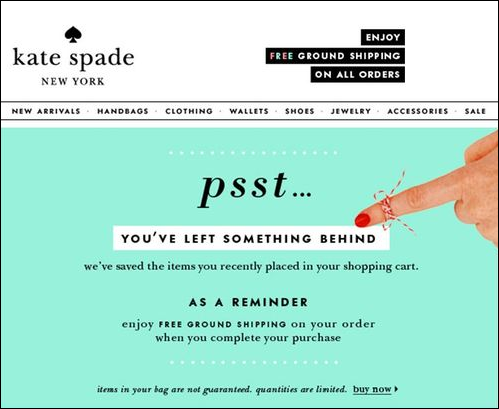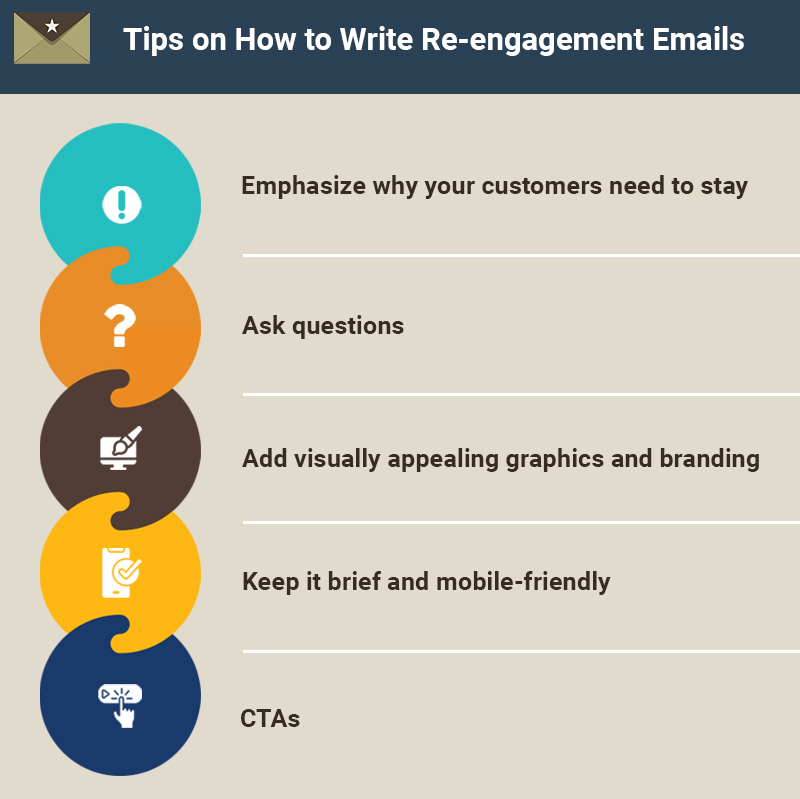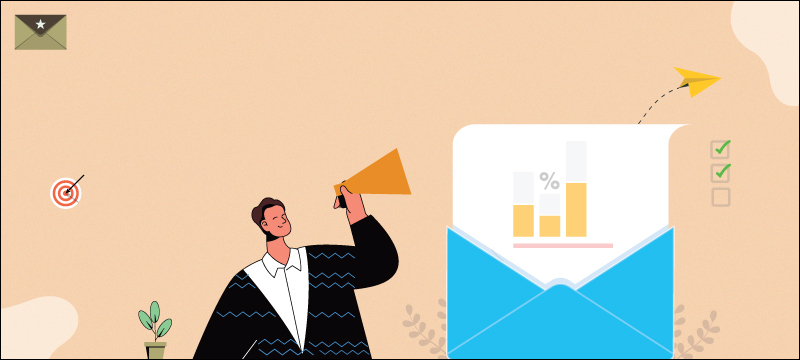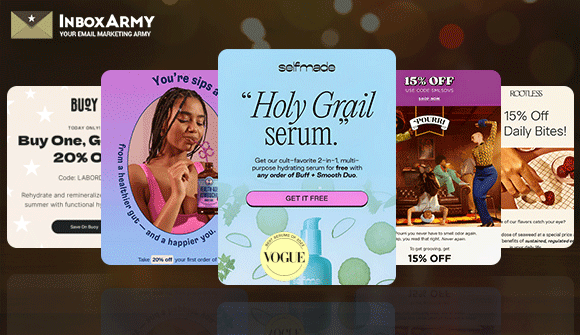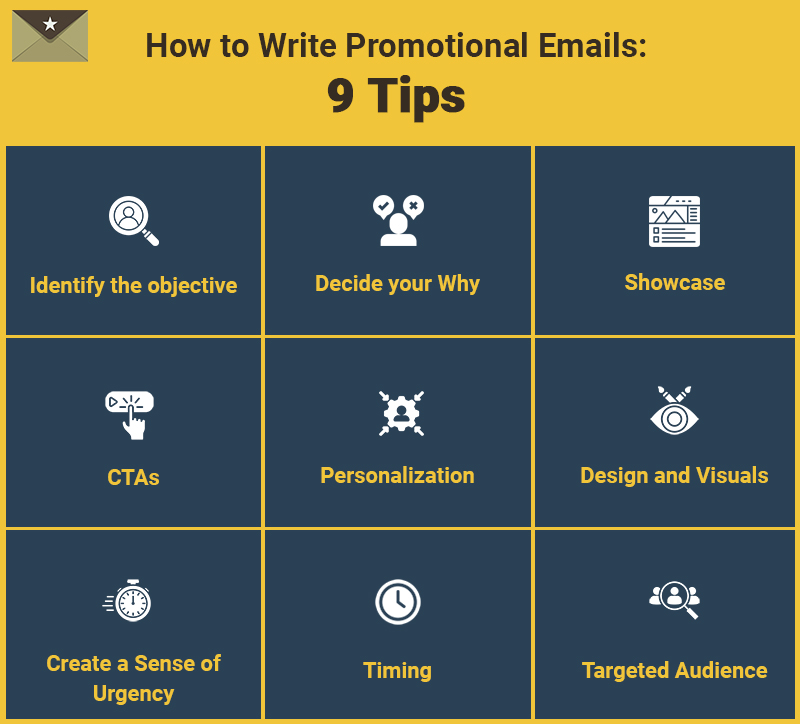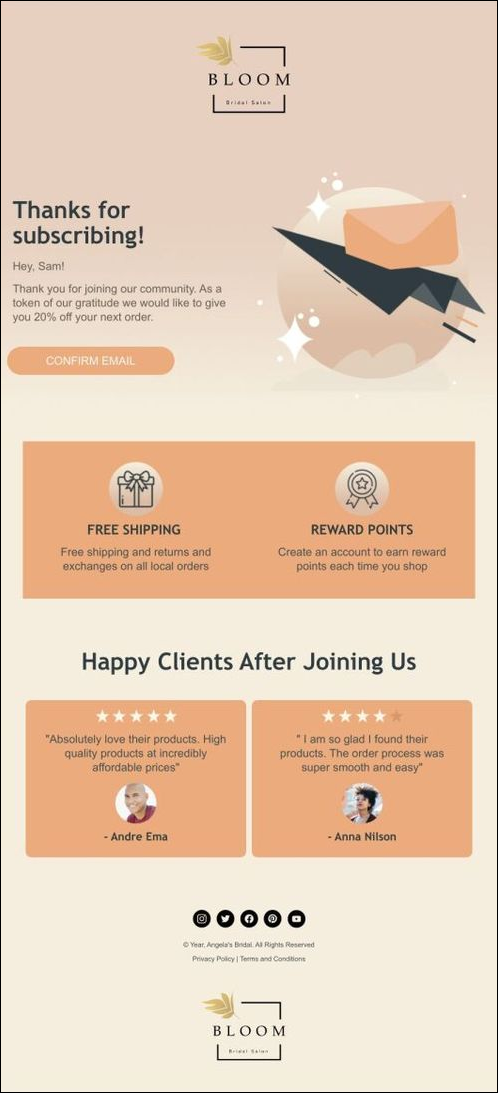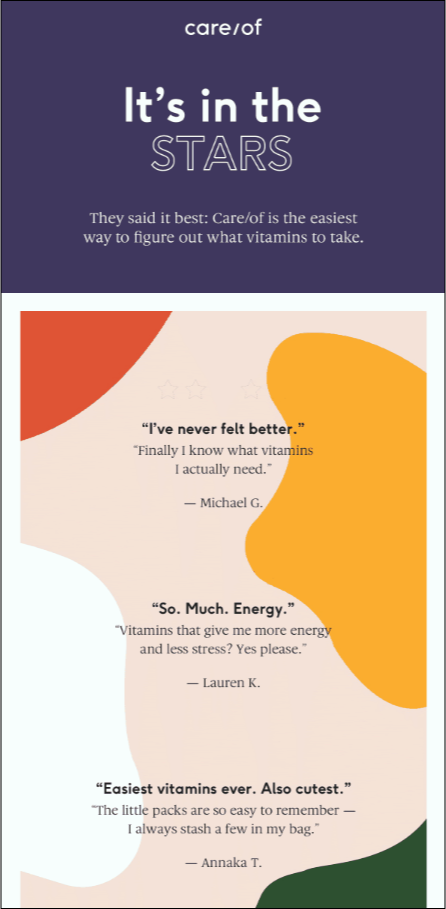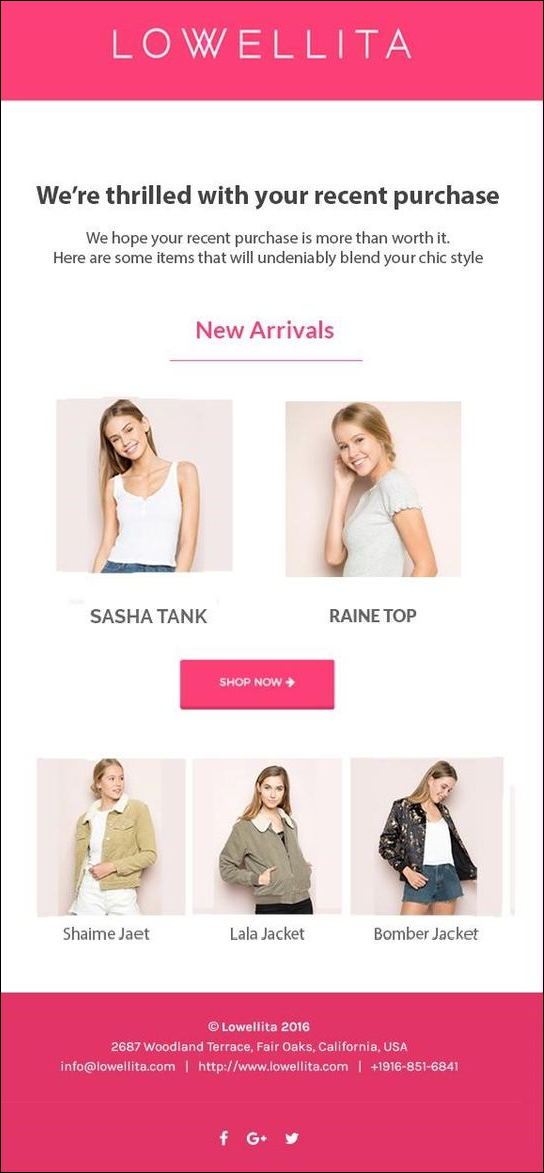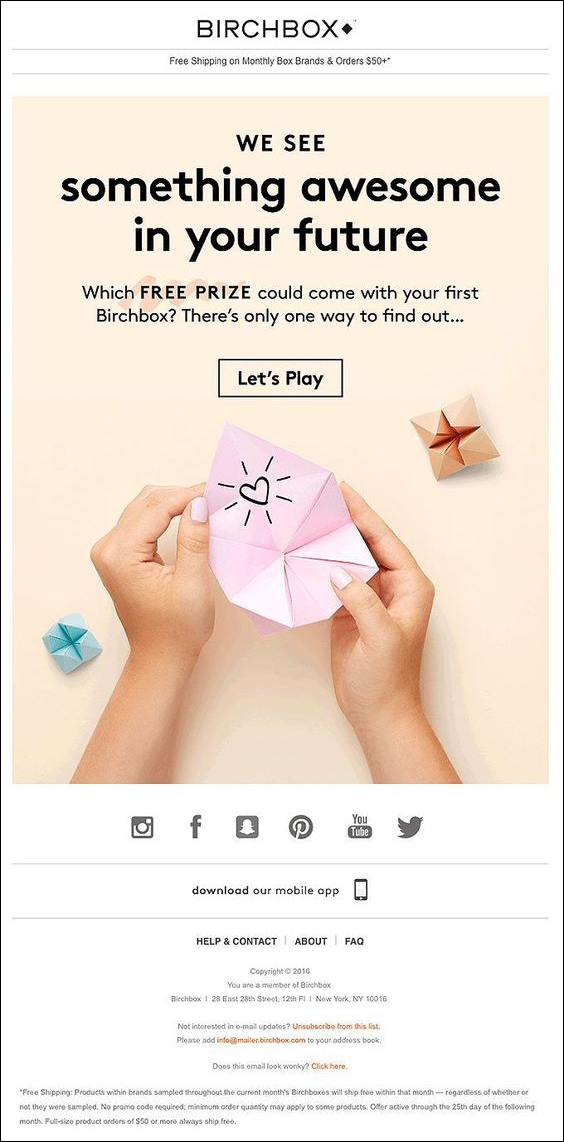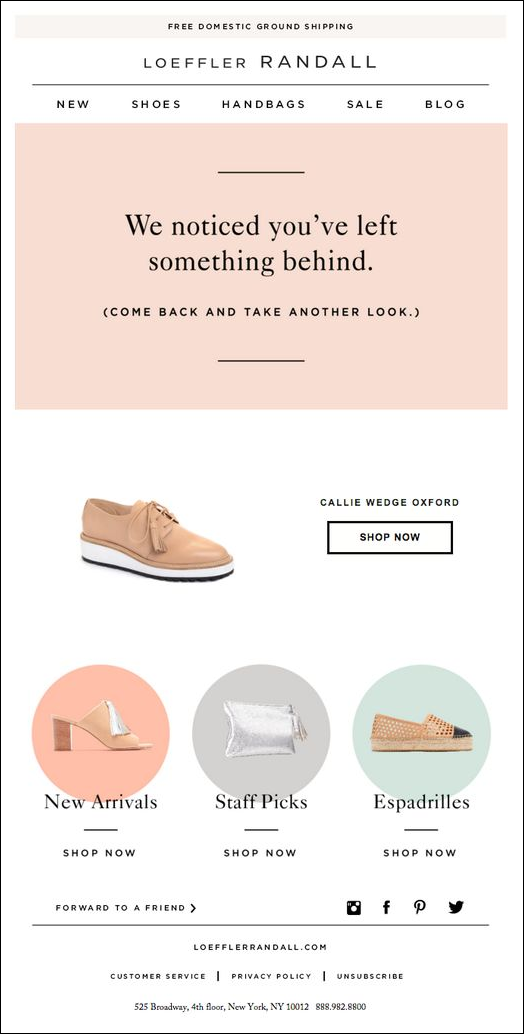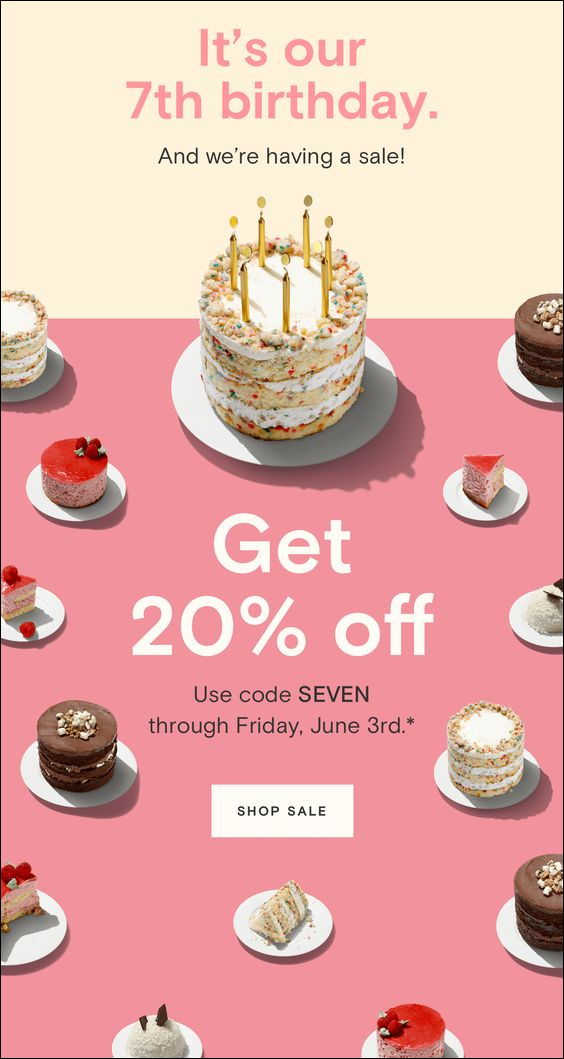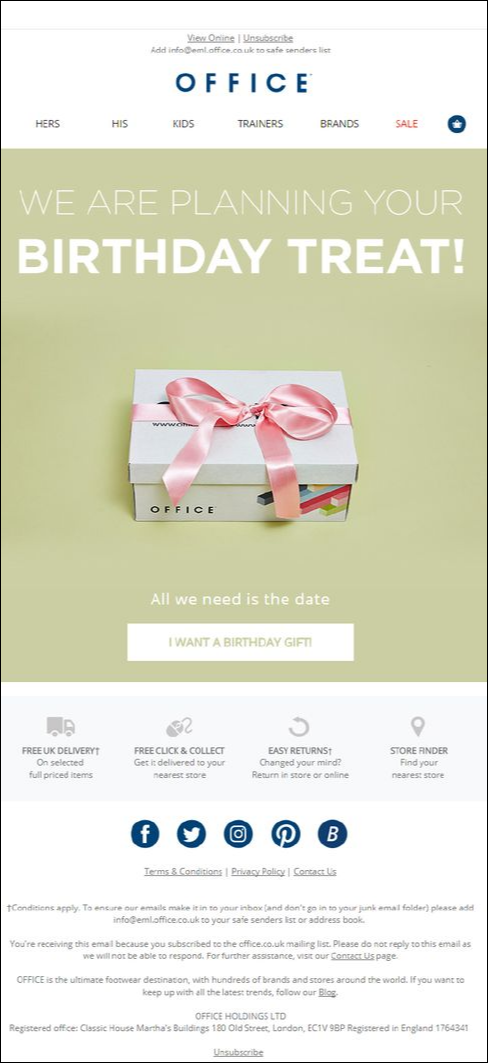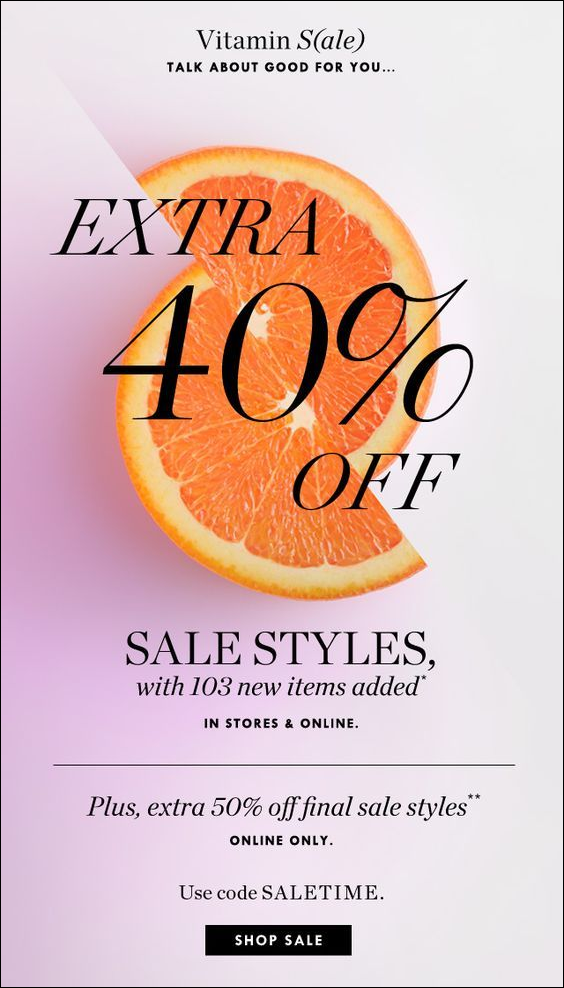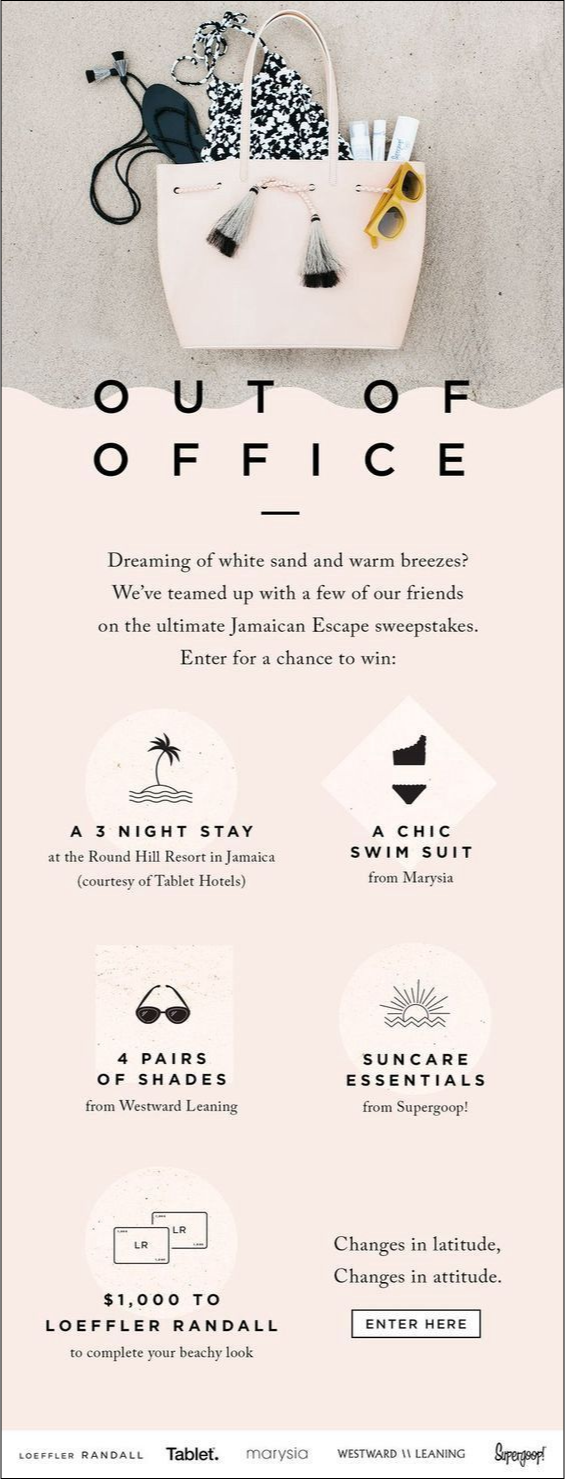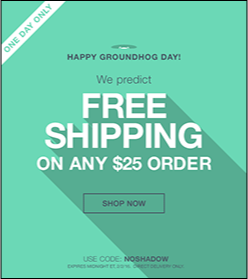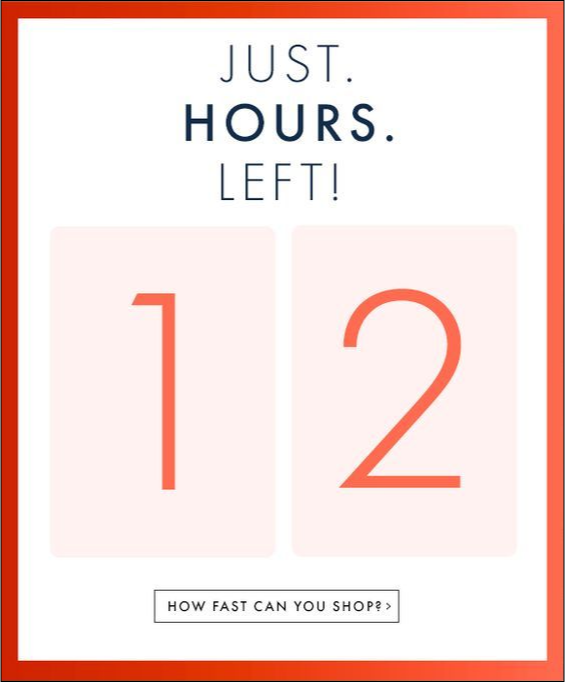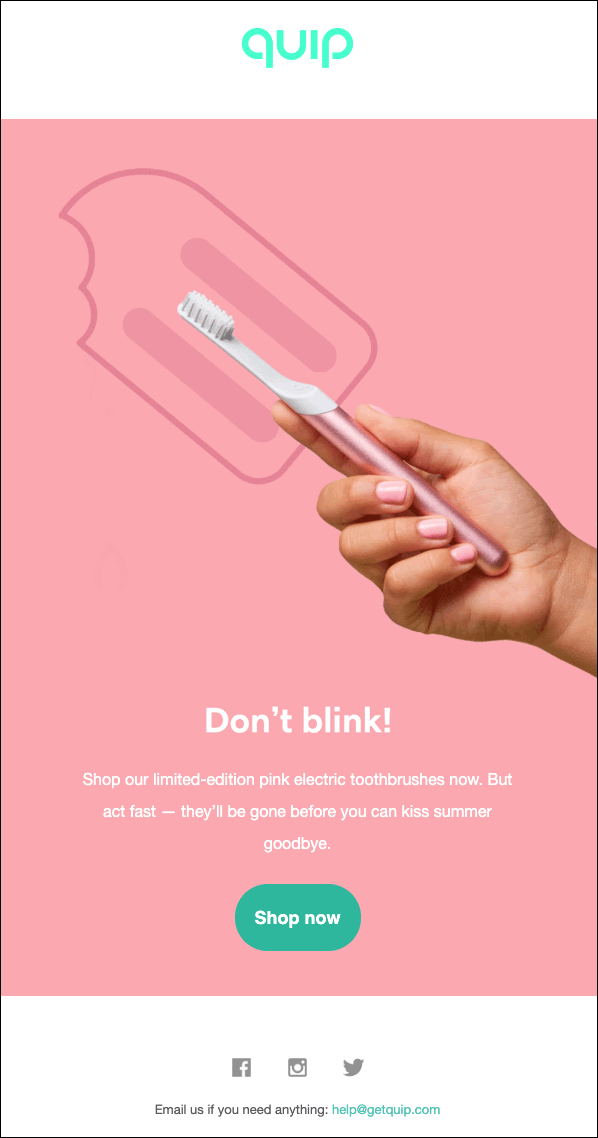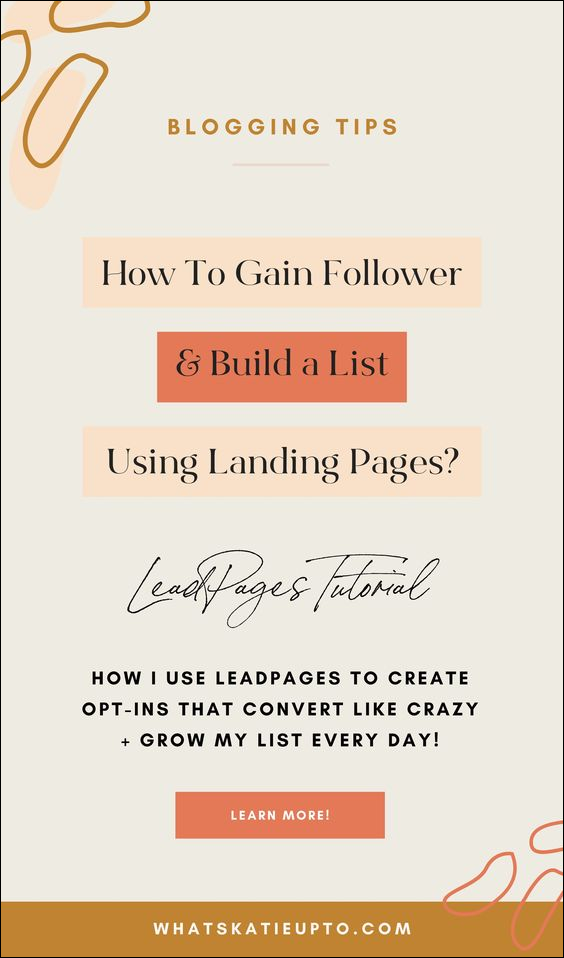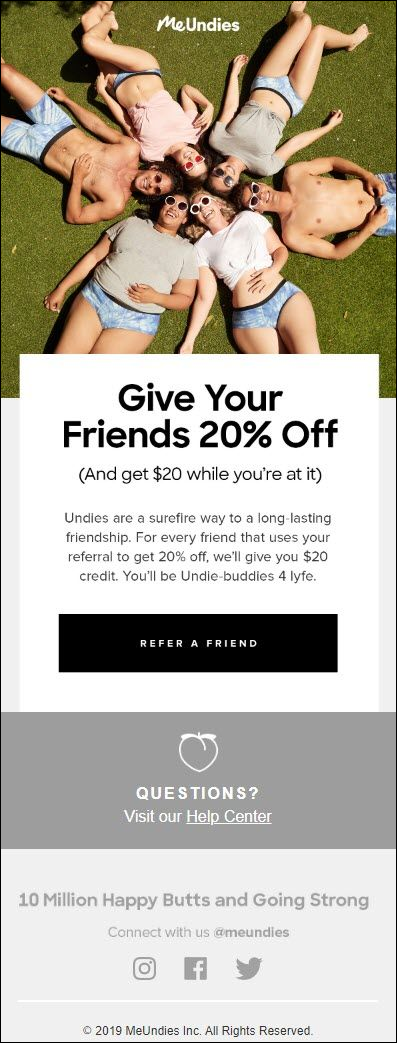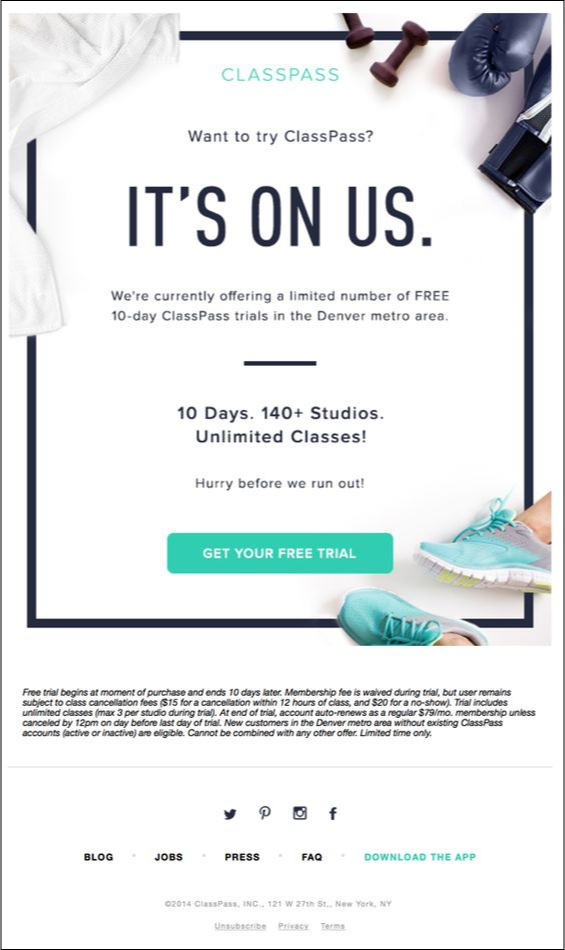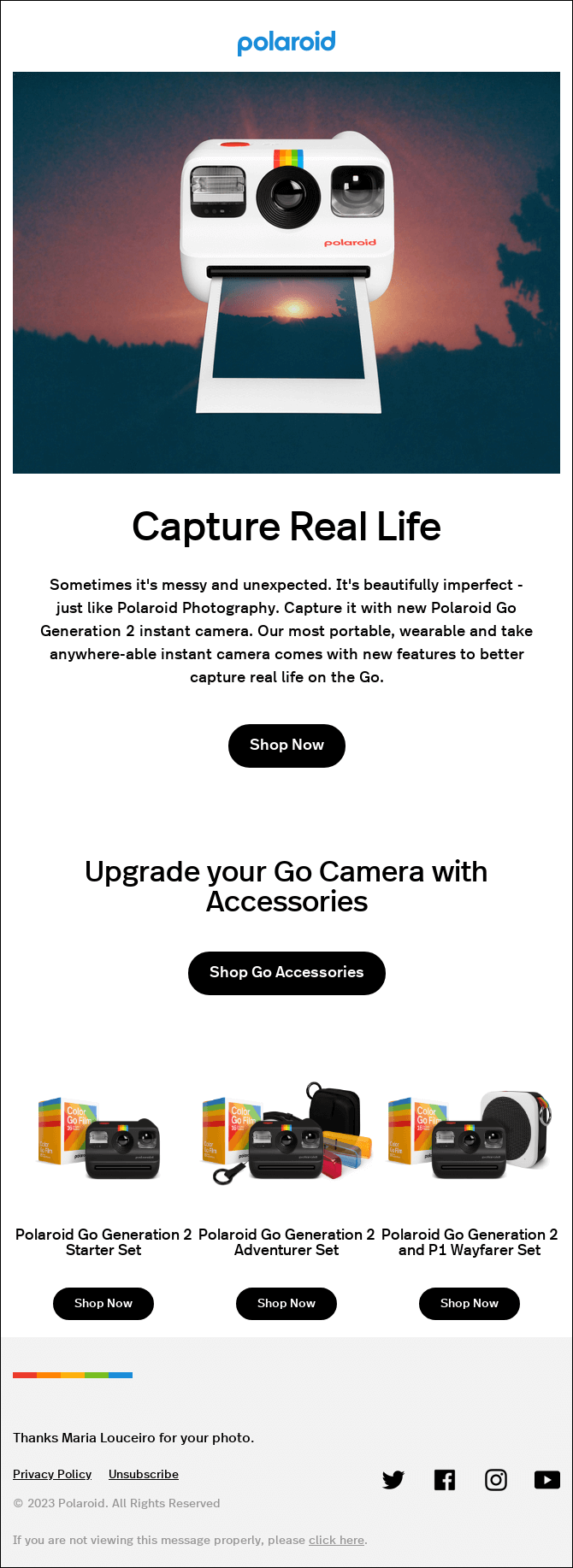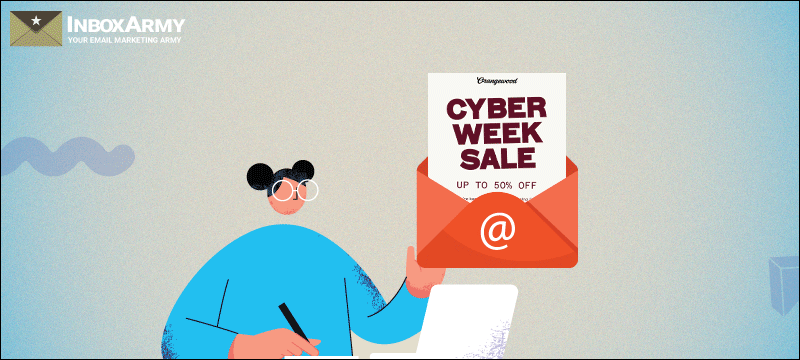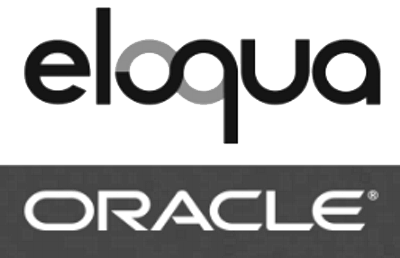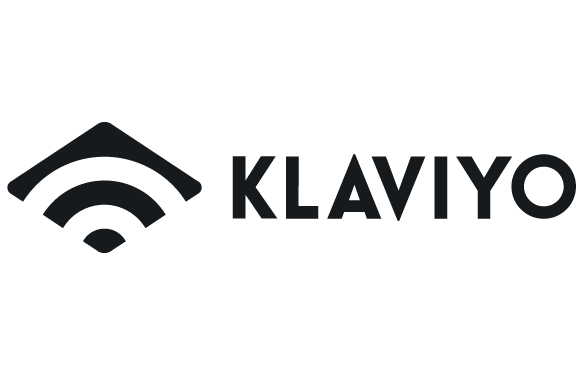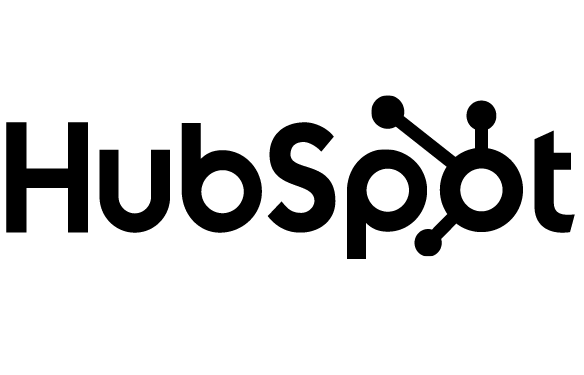The second Sunday of May in Canada and the US, and the fourth Sunday of Lent in the UK, is Mother’s Day. The perfect occasion to honor and express gratitude to all mothers and even caregivers, it is one of the most important gift-giving holidays of the year!
According to figures released by the National Retail Federation ahead of Mother’s Day in 2022:
- Approximately 84% of U.S. adults celebrate Mother’s Day.
- Mother’s Day spending was expected to touch $31.7 billion.
If you want to market your brand on this special day, Mother’s Day-themed email can help you to engage customers and drive conversions. This article will provide some amazing Mother’s Day email examples and strategies to make your campaigns stand out.
Top-Notch Mother’s Day Email Marketing Templates and Examples To Get You Started!
1. Gifts that enhance experiences

Athletic apparel brand Lululemon’s Mother’s Day inspires shoppers to give gifts that enhance outdoor experiences. The email template, choice of visuals, and accompanying copy lead to a strong CTA. The recommendations in the email make it easy for shoppers to find perfect gifts for their mothers in a short time.
2. Gift guides for modern moms

Ecommerce platform’s campaign taps into a specific target audience with a gift guide campaign themed around the top ten products for the modern mom. The direct approach, targeted copy, and reader-friendly email design set in vibrant colors make the email eye-catching and engaging, enticing the reader to explore further.
3. Highlight the free gift

Nokia makes the right moves with its floral-themed headline and visuals supporting the Mother’s theme. The message highlights the significance of the gifts while topping off with a gift. Furthermore, the pleasing product views and compelling CTAs ensure the user is ready to make the most of the offer.
4. Double celebration on Mother’s Day

Luxury chain store Nordstrom leverages the opportunity to entice shoppers to buy something special for Mom and themselves with a catchy headline, striking product displays, and compelling CTAs. The breezy, casual tone of the ad makes it easy to relate to.
5. Leverage sentiments to drive engagement

Apple’s warm, emotional headline cuts through the noise and connects to readers’ emotions. The vibrant theme continues in the CTAs, compelling shoppers to click and make a purchase. The overall design set in simple, soothing tones creates a pleasant email reading experience.
6. Support a worthy cause

St. Baldrick Foundation’s promotional campaign connects a social cause with Mother’s Day gifting. The endearing headline encourages a more meaningful contribution rather than a traditional gift. The visuals, copy, and blog preview create an emotional connection and encourage people to participate in something more significant.
7. Gift guide with a gift card

John Lewis & Partners pitches a gift guide and gift card for Mother’s Day. The main image contains the date as a reminder. The email template enables easy scrolling through the product list to help customers quickly find the perfect items. The overall visual hierarchy with distinct CTAs is easy to follow.
8. Create an experience around a product

Food-preordering platform Allset presents creative ways to use a product. Tied in with Mother’s Day, customers can surprise their moms with something unique. The friendly tone, the use of suitable images, the attractive offer blend to provide an aesthetically pleasing email.
9. Newsletter column

Online restaurant reservation service OpenTable’s newsletter reminds customers to order takeout on Mother’s Day to gift mothers a kitchen-free day. The casual look and feel of the newsletter and the other constant features make it a great way to stay connected and nurture loyalty through timely offers and discounts.
10. Fun ways to celebrate Mother’s Day

Dunkin Donut’s affable headlines, lively fonts, clear message, and appealing color schemes capture the endearing nature of Mother’s Day. By teaming up e-gift cards with DIY greeting cards, the doughnut brand offers customers a meaningful way to celebrate their mothers while paving the way for engagement.
11. Free shipping incentive

Clothing retailer Everlane’s email addresses the specific needs of customers who cannot meet their mothers on the day. The limited-time free shipping adds value while encouraging customers to accept the offer quickly. The striking visuals, emotional copy, and well-appointed CTAs make the email hard to ignore.
12. Enhanced shopping experience

Luxury cosmetics brand Aesop’s offer of free shipping and personalized gift recommendations via live online assistance assures customers of an enhanced shopping experience. The modern graphics and the witty allusions to typical mother-child relationships further add to the charm and attraction of the email.
13. Something for last-minute shoppers

Bose’s Mother’s Day campaign strikes an emotional chord with this gentle reminder to shop in time. The copy recreates the product experience, and the clean fonts make this email stand out. Likewise, the high-quality product images, simple color palettes, distinct CTAs, and white space lend themselves to the overall email design.
14. Empathizing with mums
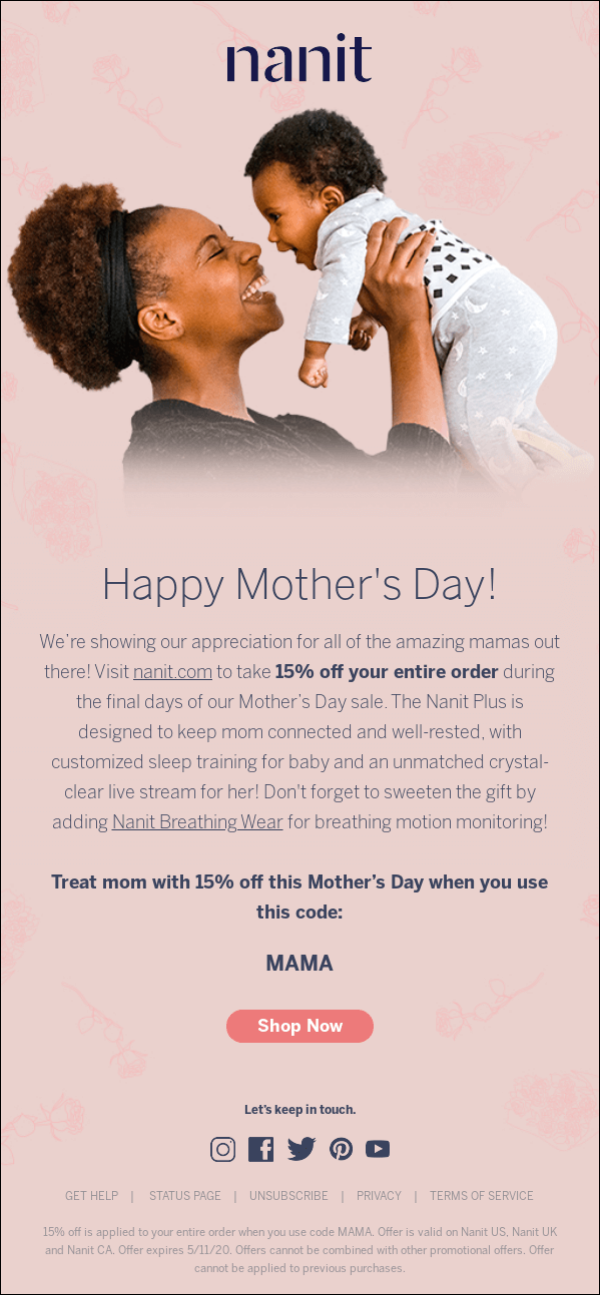
Baby monitor brand Nanit’s appealing visuals connect the brand and moms everywhere. The focused, straightforward information about the offer and clear call to action keep this email well-balanced and to the point – a style that most busy moms will appreciate.
15. Exclusive offer for newsletter subscribers

The Landmark Project’s exclusive offer aims at rewarding loyal mother’s day newsletter subscribers with a limited-time discount. This helps shoppers feel appreciated and more likely to purchase. The minimalist email template facilitates easy navigation of the gift guide, and prominent CTA buttons guide visitors to the shopping page.
16. Making Mother’s Day shopping easy

RetailerJ Crew’s campaign focuses on convenience for shoppers while leaving them time to plan other aspects of the day. The conversational tone, strategic headline, relatable images, product catalog, and blog links create an engaging email. Discounts and other incentives are clearly indicated; even the CTAs are user-friendly.
17. Celebrating mothers everywhere

The Body Shop’s email template is designed to showcase special offers and gifts at a glance. The email copy reflects the theme throughout the message. With a social media initiative around employee mums, these innovative integrations make the email stand out and provide an extra level of engagement.
18. Gifts for pet mums

Pet care brand Happy Tails leverages gifting opportunities that translate into cost savings for pet mums. The email contains a mix of attractive offers alongside pet care tips. Overall, the playful tone, appealing visuals, and lively color palette make this email a unique Mother’s Day gifting campaign!
19. Making it a day to remember

True Botanicals’ diverse offerings are well-organized in the email layout. The soft colors, clear-cut sections, and elegant font facilitate a pleasant viewing experience and keep this email from feeling overly text-heavy. The clear CTA buttons and fluid layout quickly guide customers to their desired products.
20. Mother’s Day special sale

Furniture brand Rustic Roots’ attractive dreamy pink themes for its Mother’s Day Sale campaign feature an easily navigable email layout, precise offers, meaningful content, and beautiful visuals to capture your attention. The featured customer testimonials add a touch of personalization to the message.
21. Something for every mum

Online Shoes’ gift guide effectively showcases its product range catering to different footwear preferences. The witty headlines resonate with shoppers, making the email enjoyable to read. The striking product images, refreshing palette, prominent shipping/returns/exchange policies, and CTA button make this campaign click-worthy.
22. Customization works wonders

Handcrafted jewelry brand Luca + Danni’s elegant Mother’s Day email campaign is worded in a personalized way. The overall design effectively conveys the sentiments around each product image using minimal text. The handmade paper texture in the background reflects the brand’s values and helps draw the customer’s attention.
23. Exclusive pampering

Sulwhasoo pitches its premium skincare as the ‘best of the best’ gift. The straightforward and confident tone of the headline instantly conveys that their limited-edition products make for a luxurious gifting experience. The aesthetically presented product range and concise product descriptions guide customers to make informed purchasing decisions.
24. Inspired by emotions

Merchandise store Curated Corner’s email contains the critical elements for a compelling email – a beautiful picture, a heartwarming message, good product placement, and distinct CTA buttons to urge readers to shop. The overall image is one of warmth with plenty of incentive to make a purchase.
25. Celebrating all women on Mother’s Day

While celebrating Mother’s Day, this unique campaign by Treasured Gifts sends a powerful message recognizing all women who have made a difference in our lives. The range of gift categories helps customers find the right gifts easily. The minimal and subtle copy effectively conveys the message.
26. Feel-good gifts

The email marketing campaign of this wellness and spa brand combines a special offer with an emotional message to encourage customers to get something nice for their moms. The design and layout facilitate an understanding of the different packages and help customers find the best gift for their loved ones.
27. Limited edition gifts
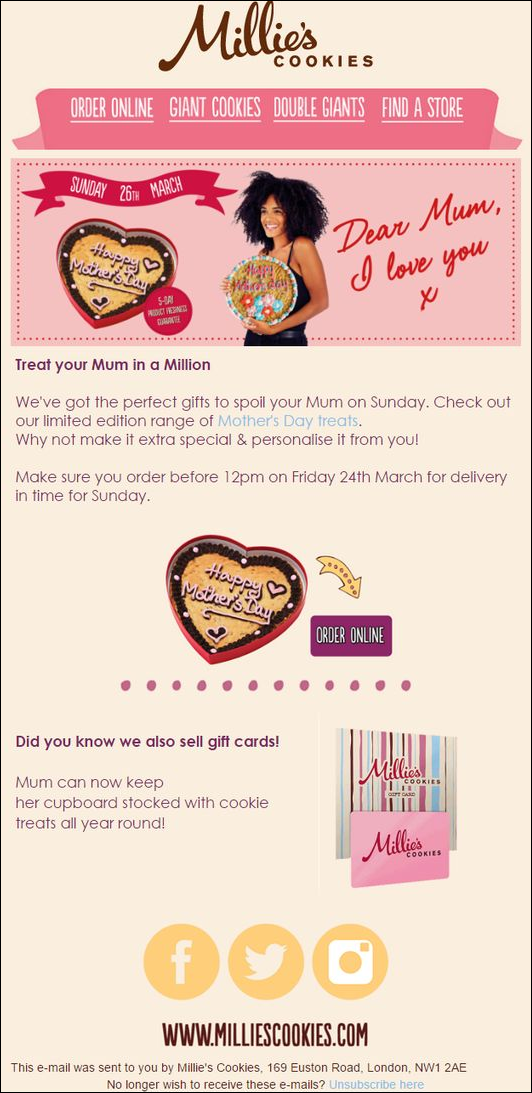
Millie’s Cookies’ email lets shoppers make Mother’s Day memorable with limited edition personalized cookies and gift cards for year-round delights. The warm, friendly tone, complemented by a cheerful design with the key messages and CTAs distinctly highlighted CTAs, make this email a sure winner.
28. Never too late

Personal care brand BIrchbox gets right across to late shoppers! The well-designed message directly addresses this segment, with all the offer details mentioned clearly and highlighted. The appealing visuals and product display make it a quick and easy-to-read note for the last-minute shopper.
29. Opt-out email
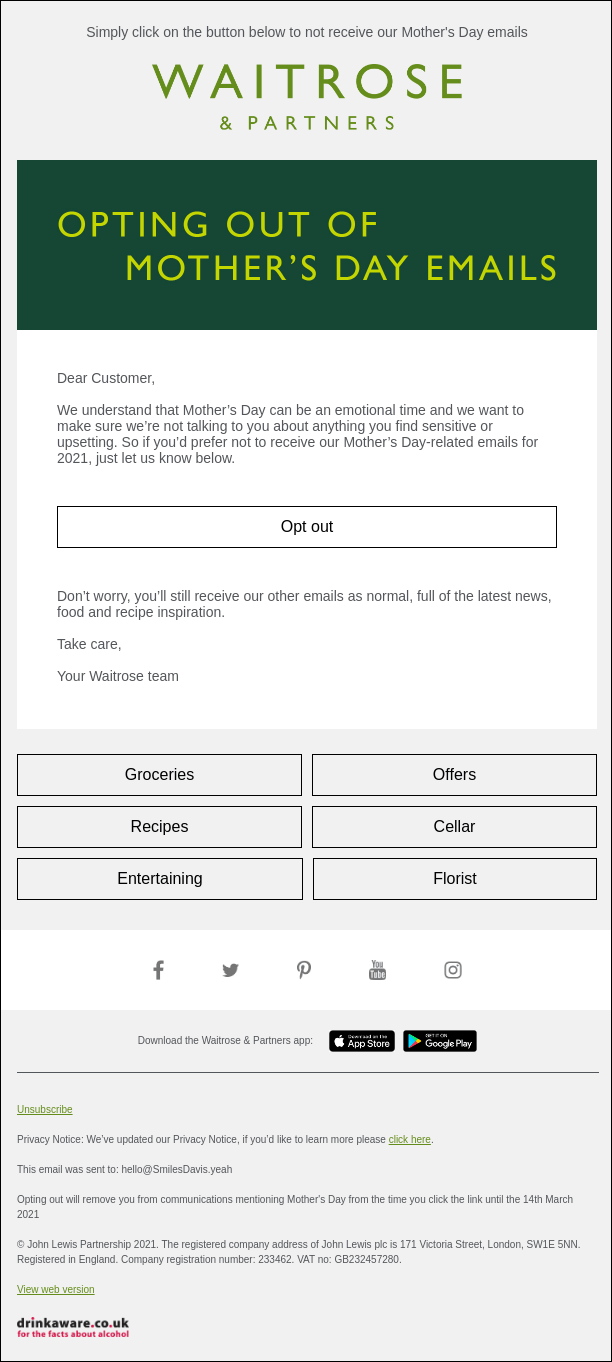
This email by supermarket chain Waitrose is an excellent example of empathetic email marketing. The straightforward headline and understanding tone of the message, accompanied by relevant CTAs helps reflect brand values and nurture long-term association with customers.
30. A non-sales message
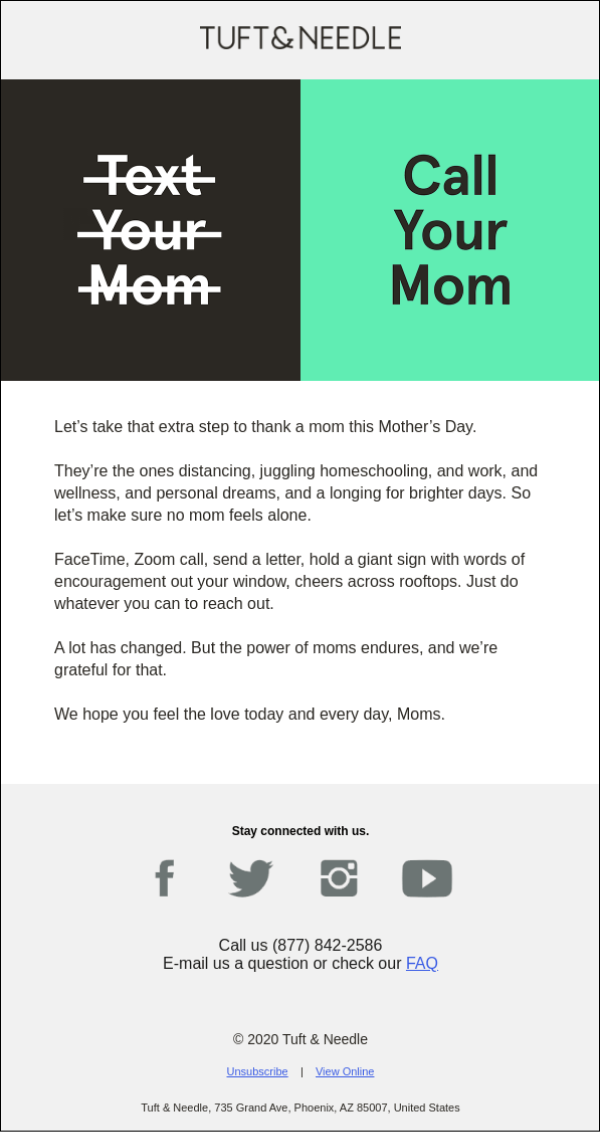
Mattress brand Tuft and Needle’s gently-worded message -sans any sales pitch – tugs at the customer’s emotions. This unique approach to celebrating Mother’s Day helps to enable the brand to stand out amidst the clutter based on its values of respect, integrity, and loyalty.
Mother’s Day Email Best Practices
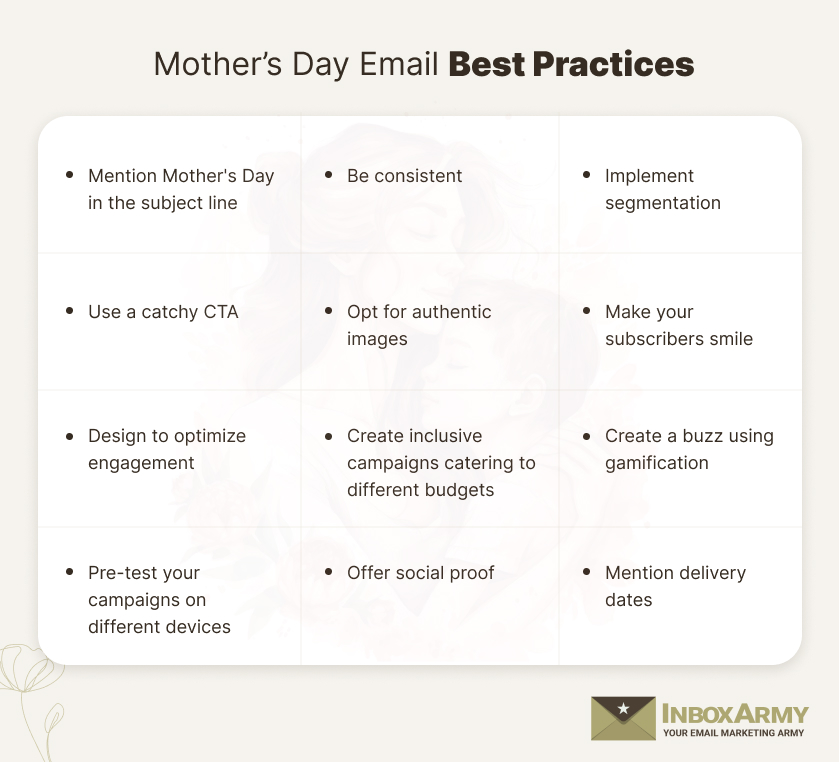
Following tried and tested best practices can ensure your emails get the results you’re looking for.
Here are some points to consider:
1. Mention Mother’s Day in the subject line:
First and foremost, highlight your goals. The interest your subject line evokes motivates your contacts to decide if they want to open your email or not. A short, catchy headline will help your message get noticed in the inbox. Avoid misleading headlines; it will likely get reported as spam and defeat the purpose.
2. Be consistent:
Sometimes less is more, especially when targeting customers on the go. When it comes to design, keep it simple and reader-friendly. Ensure your branding is easily recognized with a visible logo, as brand recognition facilitates email engagement. If subscribers doubt the sender, they’ll likely mark the email as spam.
More importantly, maintain consistency across your marketing and transactional emails so your contacts can easily recognize them.
3. Implement segmentation:
Segmenting your email lists ensures that you send targeted content in the right proportion. It also enables your audience to progress down the funnel and improves your ROI. So send emails only to engaged contacts while adapting the messages using segmentation and personalization tools.
4. Use a catchy CTA:
Implement your primary CTA strategically above the fold. This helps it stands out immediately upon opening the email. Likewise, avoid placing too many CTAs in your emails, as it may overwhelm your readers. Where your emails have a list of products, you can implement ‘Shop For’ CTAs. While for Mother’s Day events, you can create a ‘Know More’ button.
5. Opt for authentic images:
Running text can bring monotony and make the message difficult to understand. Using authentic ‘real mom’ images distinguish your brand from photoshopped or stock photos. Enhancing the appearance and appeal of your email can help drive conversion. Nonetheless, always add alt text as backup text if the contact blocks or turns off images.
6. Make your subscribers smile:
Putting a smile on your readers’ faces can boost email engagement – and this goes for your Mother’s Day email campaigns too.
Humor adds personality to your emails and humanizes your brand. Moreover, it sounds less promotional and more inspirational. Even a simple email with a clear CTA and friendly, light-hearted, humorous reminder to buy the gift can trigger a conversion.
7. Design to optimize engagement:
Email templates help marketers enhance email subject lines. Therefore when sending an email, select an email template that matches your email offer. For example, if you plan to provide discount codes in your email, it is advisable to opt for interactive discount code email templates.
Notably, ensure plenty of blank space as this allows the reader to scan, interpret, scan, and break down content into reader-friendly units.
8. Create inclusive campaigns catering to different budgets
Broaden the scope of your target audiences by offering customers the option to shop for gifts within a specific price range. When email layouts showcase products organized around specific budgets, customers who would have typically ignored the email may be inspired to take a look.
Notably, segmentation can help marketers target the price-conscious and big spenders accordingly.
9. Create a buzz using gamification:
Let your subscribers find your campaigns are not the usual sales talk but are fun-filled experiences. Invite them to participate in special contests and even lotteries themed around Mother’s Day.
Gamification in Mother’s day email marketing can help you boost engagement rates and motivate customers to explore your offers and visit your site. However, at the outset, ensure the rules are clearly explained, and the prize is worth the time and effort of your subscribers.
10. Pre-test your campaigns on different devices:
With A/B testing to determine which email version is more effective, check that all links are functional and seamless across different devices, especially mobiles.
Also, check that landing pages and other pages you’ve linked to are optimized for mobile.
11. Offer social proof:
No one wants their Mother’s Day gift to go wrong. So, choosing a trustworthy and reliable brand is vital during the purchase journey.
Leveraging social media testimonials in your campaign can be crucial in reassuring potential customers about your brand, for instance, star ratings, written reviews, testimonials, and even real photos of customers from social media. These can help amp up confidence in your product quality and your ability to deliver Mother’s Day goodies on time, at the correct address, without any glitches.
12. Mention delivery dates:
Ensure your message informs customers about the main delivery dates for your Mother’s Day gifts and products. This will help them plan and avoid delays.
You can upsell your delivery offerings with facilities like same or next-day delivery and other fast-track delivery options. Likewise, you can implement personalized delivery information. Once the delivery address is added, dynamic content blocks can be used along with geotargeting to highlight delivery timings based on the destination.
Mother’s Day Email Strategies
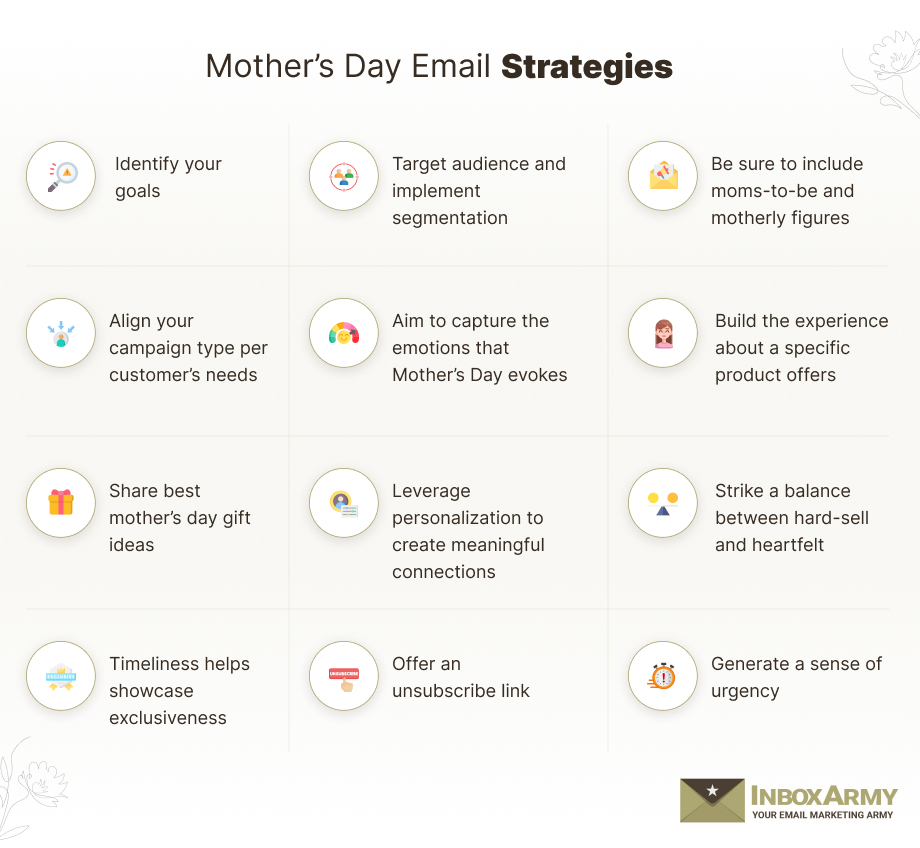
A well-planned, organized approach can help you craft and implement a successful email campaign. Here are a few tips to help you do that:
1. Identify your goals
Before launching your campaign, it’s essential to determine what you want your emails to achieve. For example, are you hoping to drive sales, increase engagement, or any other? Defining your goals in advance will help you stay on task and ensure that every email you send is purposeful.
2. Select your target audience and implement segmentation
Instead of blasting generic emails to your entire database (which can be time-saving), invest some effort in understanding your target audience and their needs. For example, defining specific groups, such as children, fathers, and others, will help you to engage audiences with targeted messages. Also, segmenting your audience enables you to craft emails tailored around distinct needs and expectations.
3. Be sure to include moms-to-be and motherly figures
Including moms-to-be in your campaigns will help you reach out to a broader target audience and show that you care about the special moment in their life when they become a mother. Apart from maternity wear or pregnancy books, items like bathing salts, foot massagers, or gift cards for a spa day are great gifts.
Likewise, on this day, extend the celebrations to include stepmoms, elder sisters, aunts, caregivers, and all those who play a motherly role in your subscribers’ lives.
4. Align your campaign type per customer’s needs
One of the vital aspects of the strategy should include understanding the needs and expectations of the mothers on your list and trying to address them as much as possible.
From sales/discounts and free shipping to expressing gratitude, you can choose various activities and relevant email templates to help your customers engage with you. Determining this need will help you select the type of campaign you want to create and your emails’ content, tone, and format.
5. Aim to capture the emotions that Mother’s Day evokes
Your email should resonate with your readers, so include heartfelt messages and visuals appropriate for the occasion. Plan your campaign in a way that gives you time to A/B test the versions you plan to send. For instance, you could try one version with a mushy hearts and flowers theme, while another could be a more direct product message.
6. Build a narrative around the experience a specific product offers
Instead of hammering the discounts and points that make your product unique, emphasize the emotional experience it can create for mothers. Show your shoppers how using your products or services can bring mums joy, comfort, and peace of mind. Writing a blog post in your Mother’s Day campaign can help you convey this message.
7. Be a resource person – share best mother’s day gift ideas
Finding the right gift can be a very challenging task for some. Moreso, with so many options, it only makes things more difficult.
Help your readers by providing a curated selection of gift ideas that reflect their mother’s interests or lifestyle. You could feature individual products, present bundles, and/or highlight suitable product categories.
Making the decision process more straightforward and presenting gift ideas with distinct CTAs (call-to-action )makes it easier for your customers to shop.
8. Leverage personalization to create meaningful connections
Where you have an extensive product range, you may not be able to present the whole range in your email. Focus on personalization and craft messaging that simplifies the shopping process for your email recipients.
To implement this strategy successfully, you can offer personalized recommendations by leveraging your subscriber data. Alternatively, you can use segmentation to send different emails to specific customer groups based on their behavior, preferences, or demographics.
9. Strike a balance between hard-sell and heartfelt
Ensure your emails don’t come off as too promotional. Instead, even with irresistible offers, compelling copy, visually appealing, and readable typography with suitable color schemes and images can be more impactful on such occasions than hard-sell, incentive-driven email copy.
10. Timeliness helps showcase exclusiveness
Give your shoppers a feeling of being able to treat their mothers with an exclusive gift. Rather than drowning in the sea of generic offers and heavy discounting in the days leading up to Mother’s Day, launch your campaign a couple of weeks before the holiday, promoting exclusivity over discounts. The lead time will help you engage with your subscribers with more impactful messages.
11. Offer an unsubscribe link
While this is the time to celebrate, in most cases, for some of your subscribers, the day can bring back hurtful memories. Ensure to include an unsubscribe link in your emails so that if any of your subscribers choose not to participate in the celebration, they can easily opt-out. Essentially be the brand that empowers your subscribers and keeps them in control of their experience.
12. Generate a sense of urgency
Presenting your offer as a limited-time offer will encourage urgency in your customers to make quicker decisions. Add elements such as a countdown timers, limited-time discounts, and temporary promo codes to create urgency.
Likewise, factor in the last-minute customers. Ensure you have a stock of ready-to-ship products with same or next-day delivery. This will help capture their attention and drive more sales.
Summary
Email marketing is one of the most impactful tools for businesses looking to connect with their audience, drive revenues, and foster long-term customer relationships.
This article will prepare you for some fantastic Mother’s Day email campaigns that reach your recipient’s inbox.
However, if you still want to bring in the experts so that you can focus on your primary business, that’s perfect too. InboxArmy is an established email agency offering various services such as Email Marketing Campaign Management Services Let us help you engage your customers this Mothers Day!




